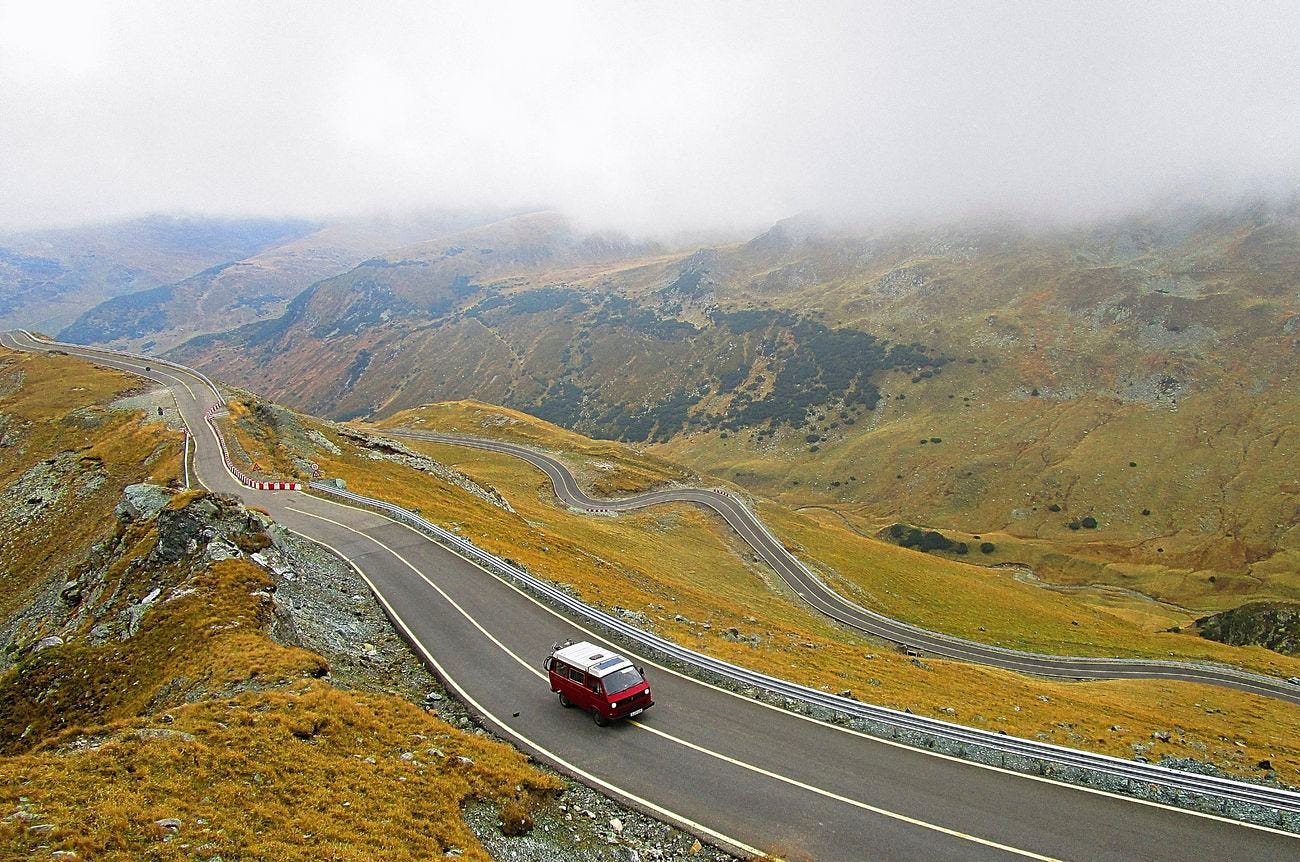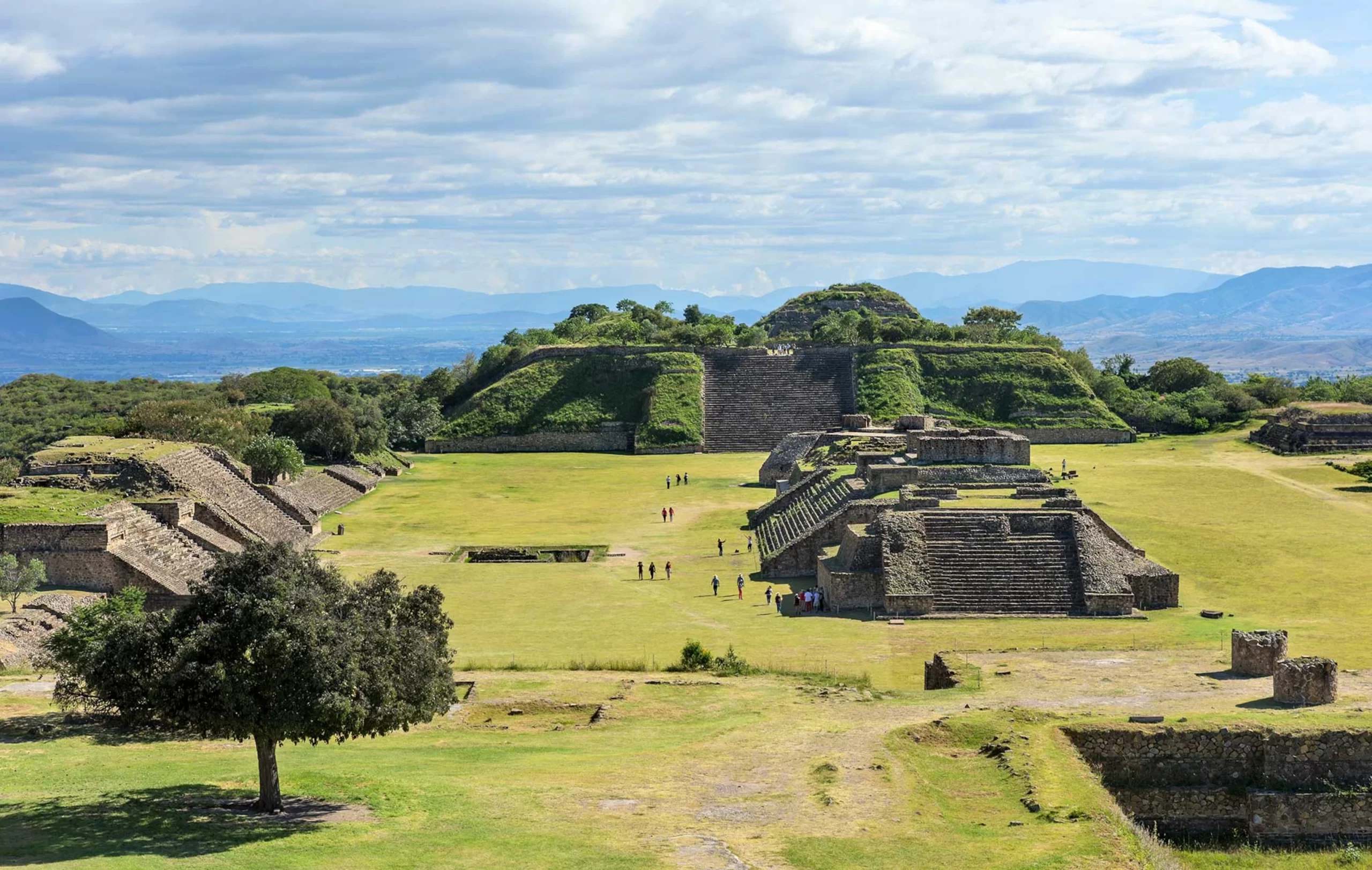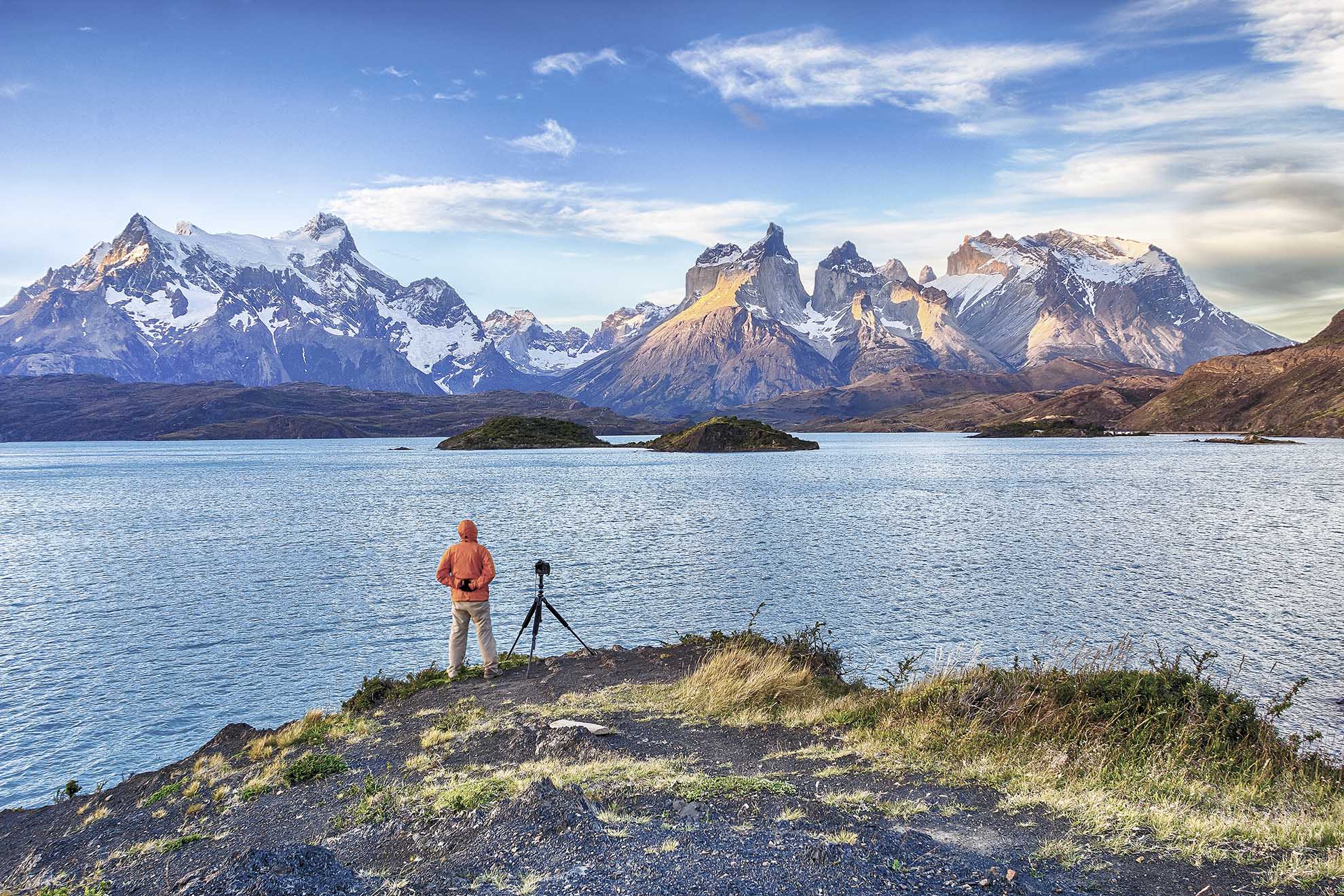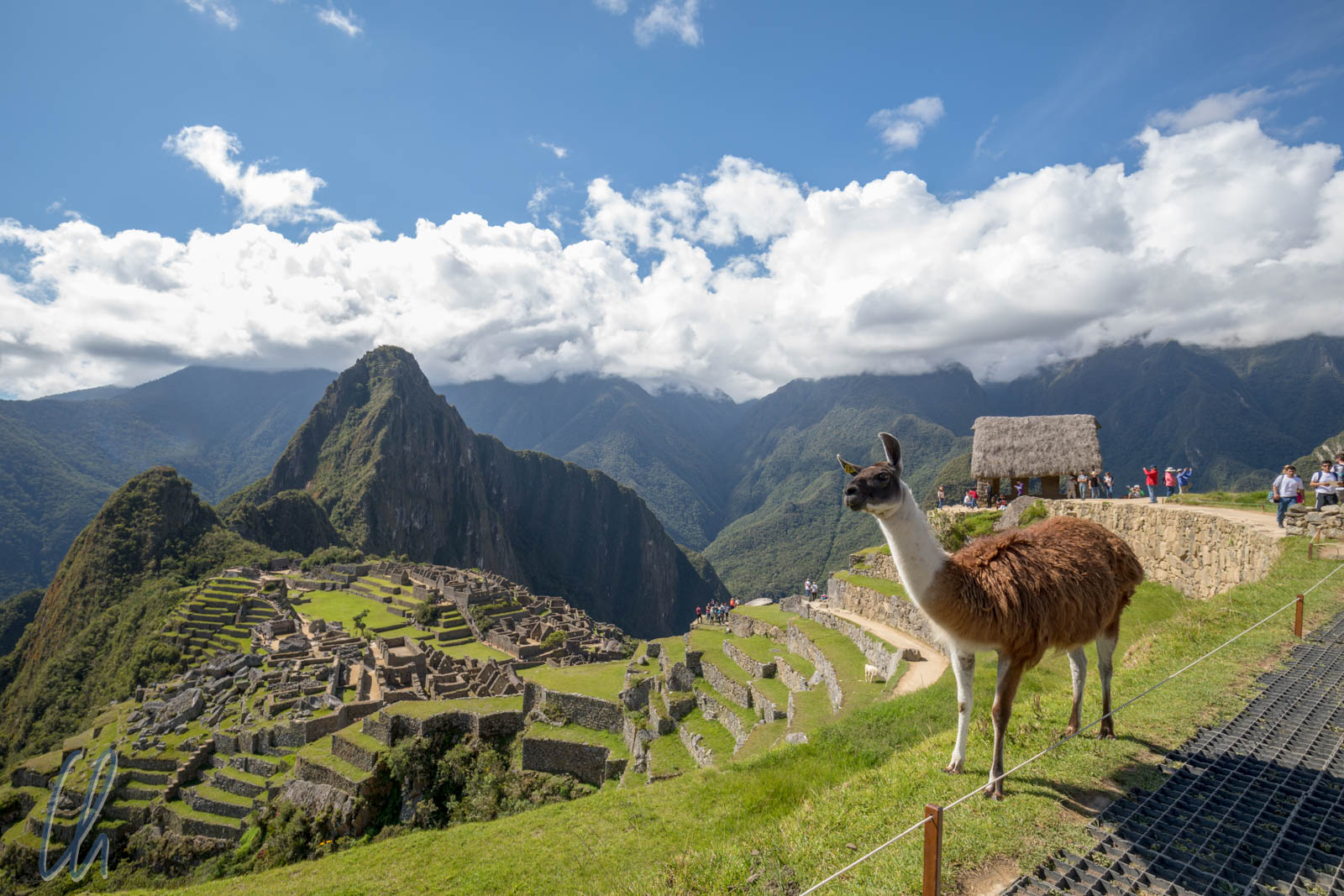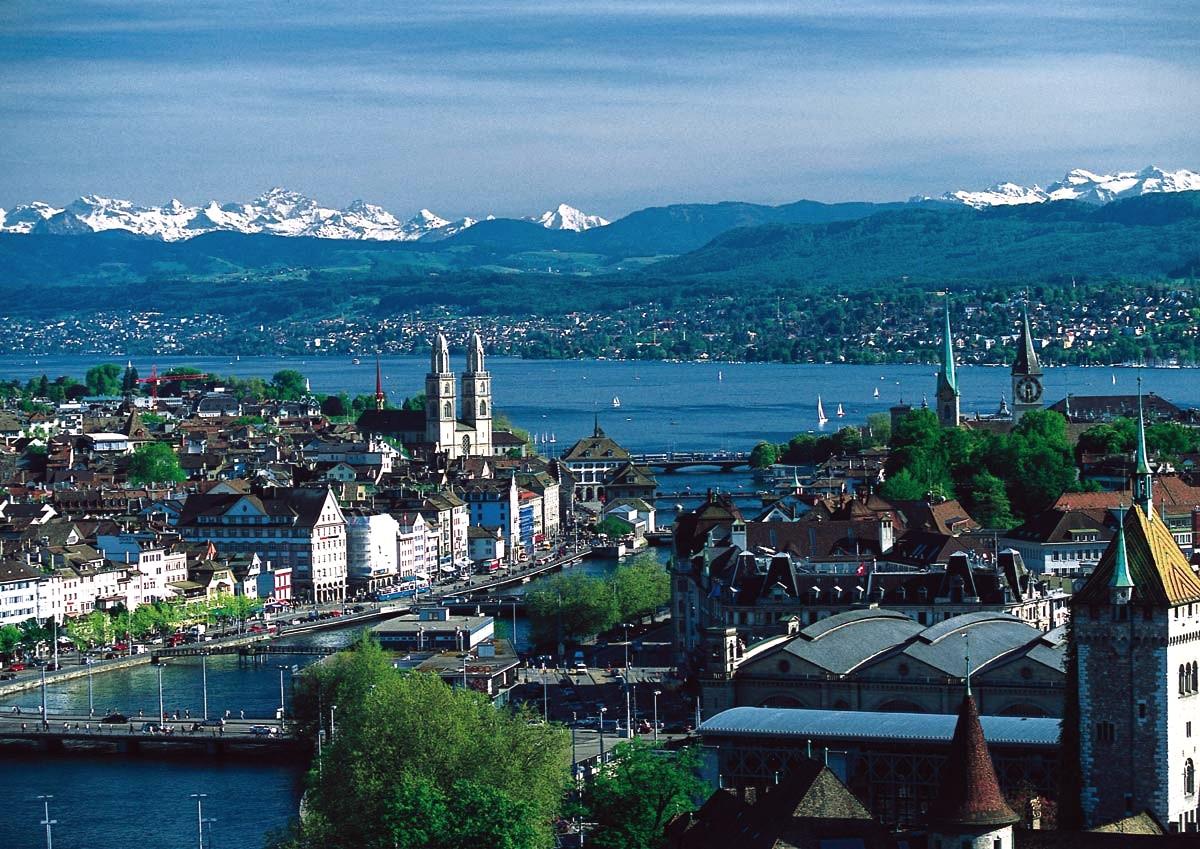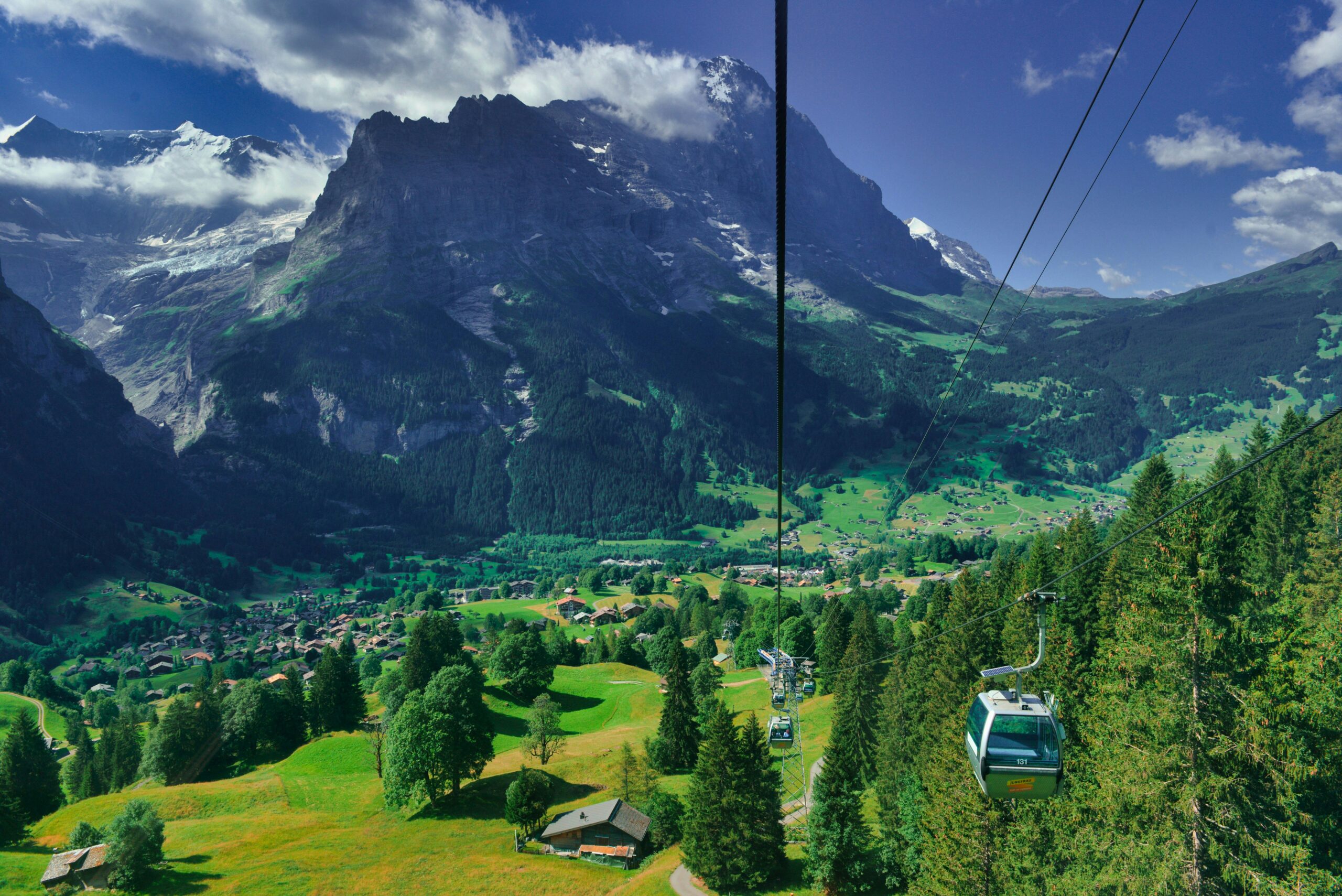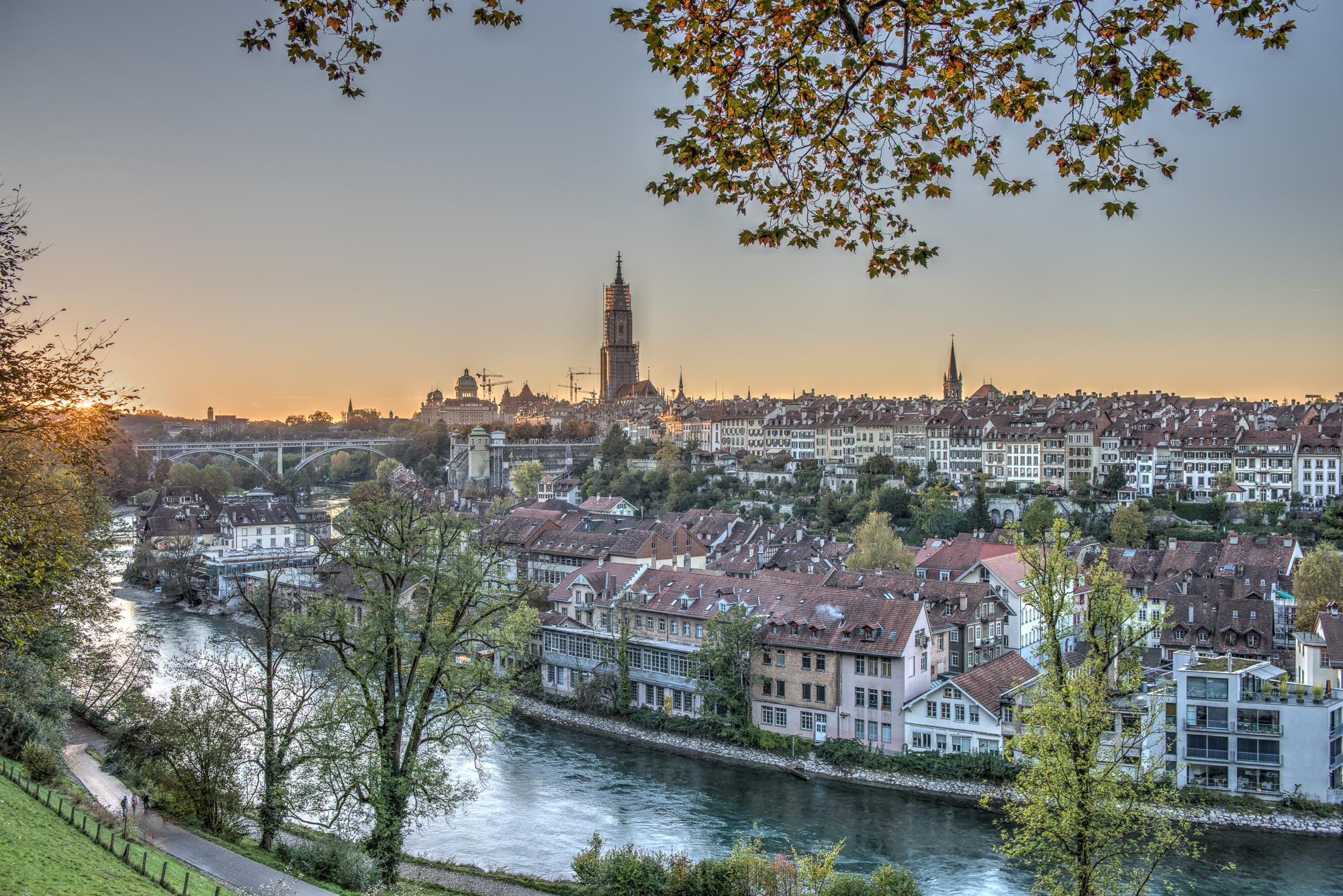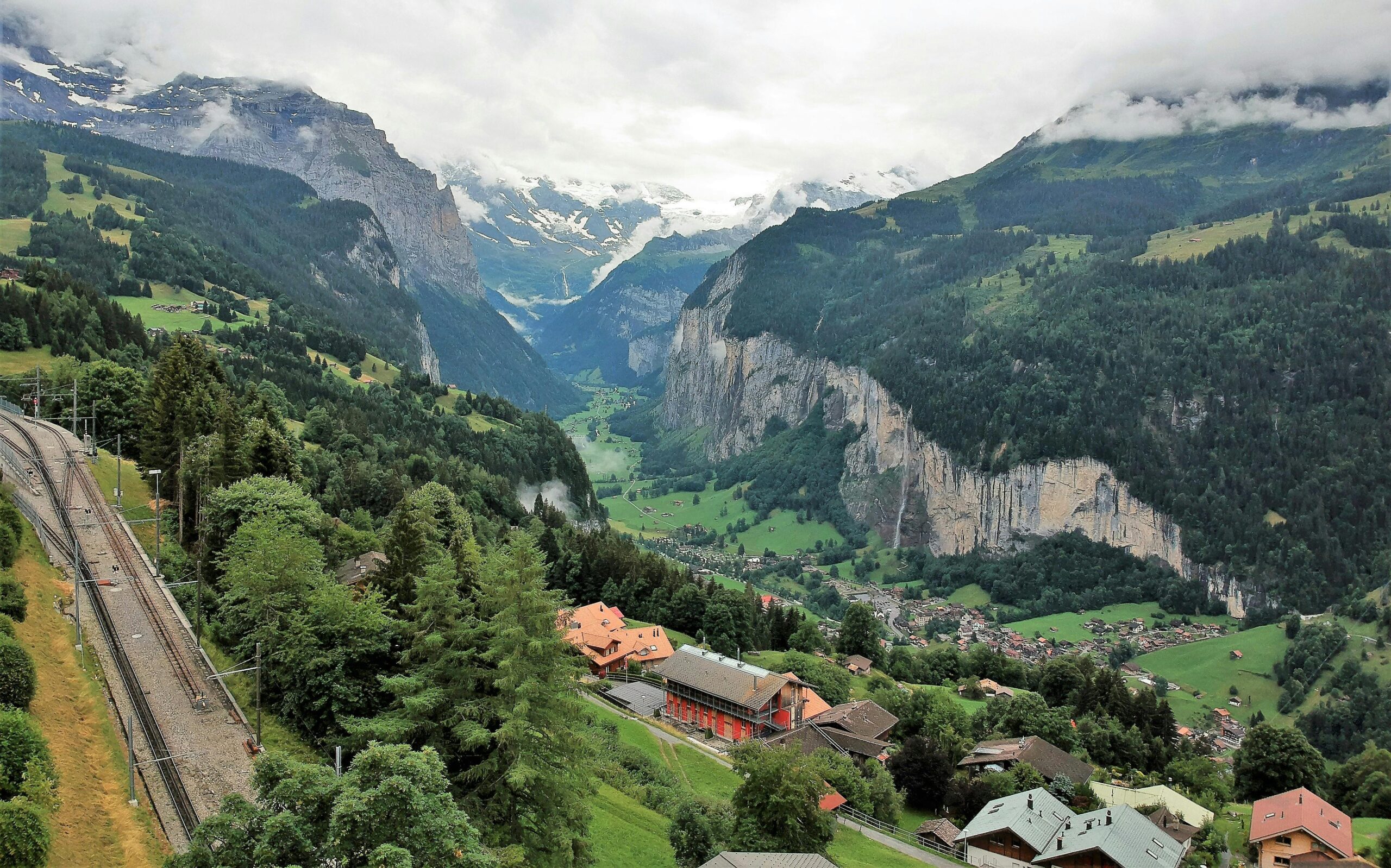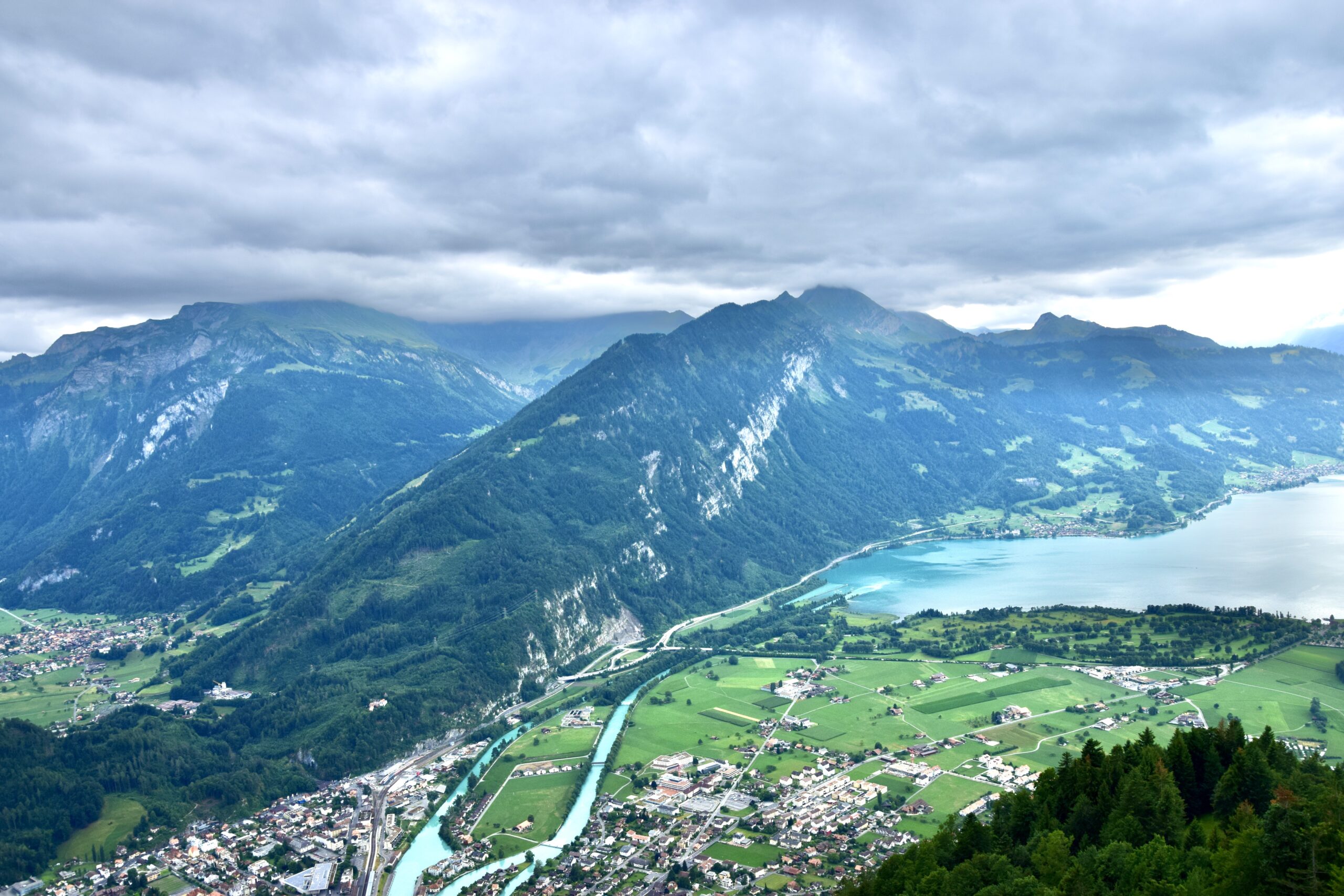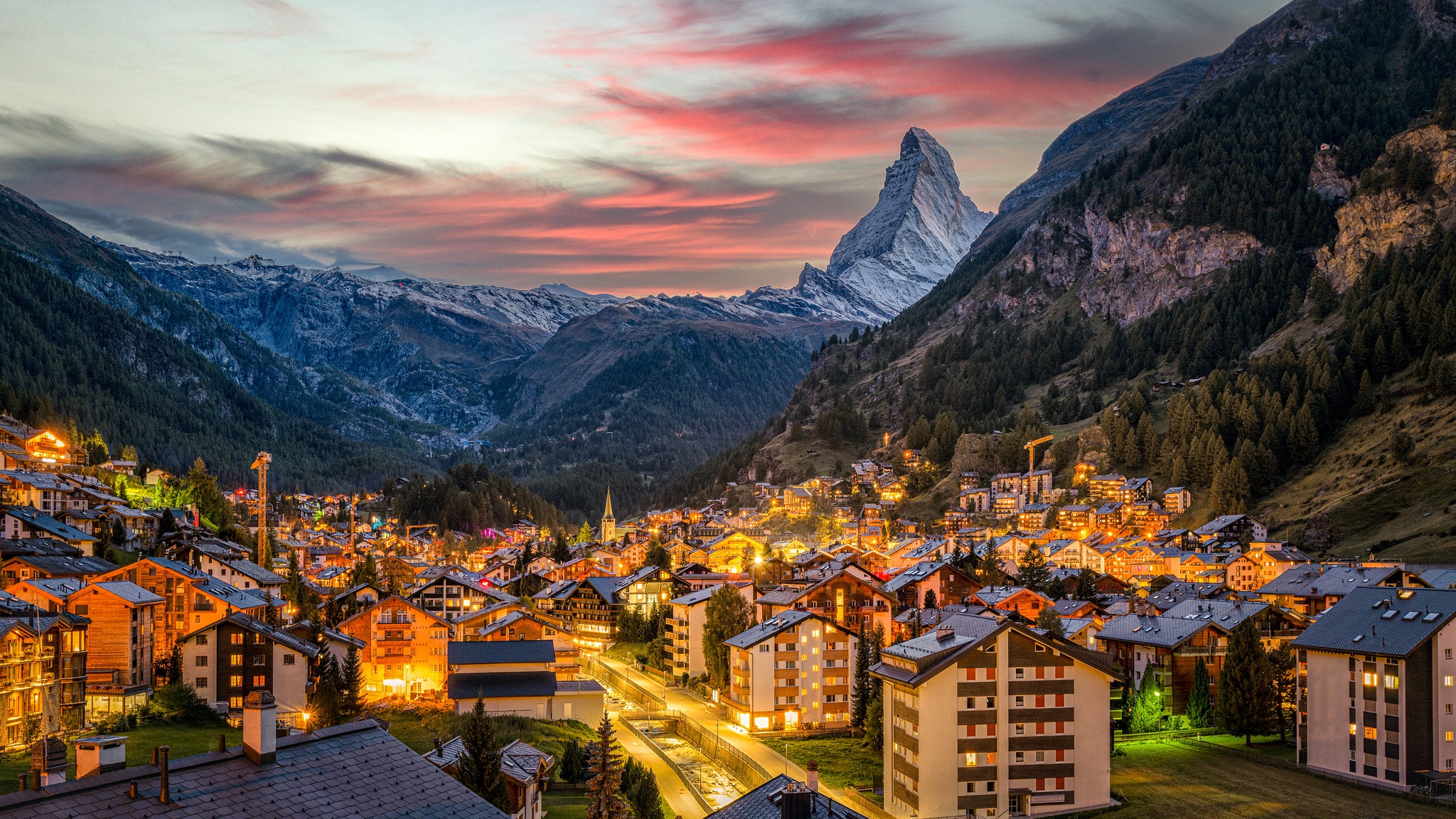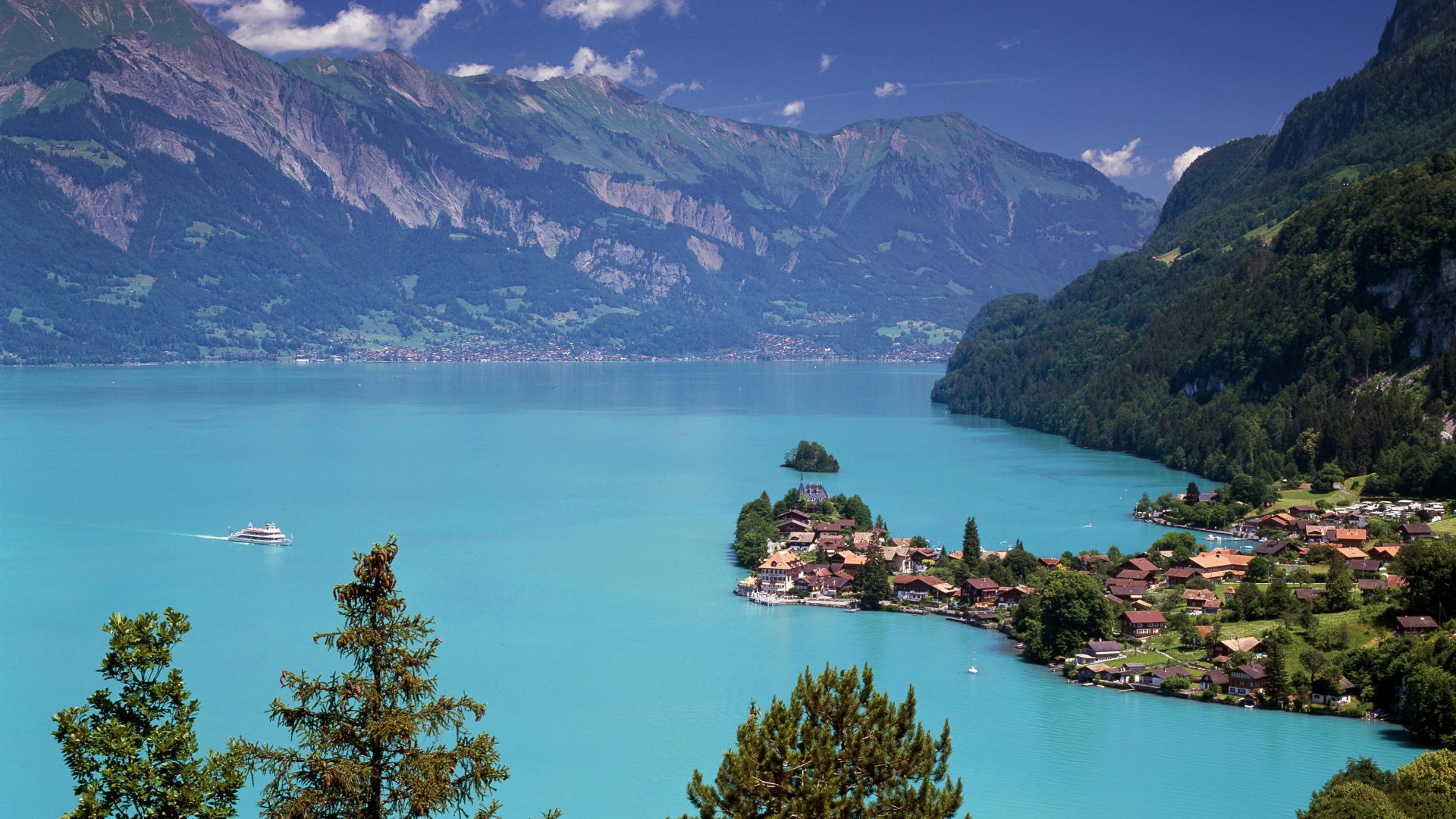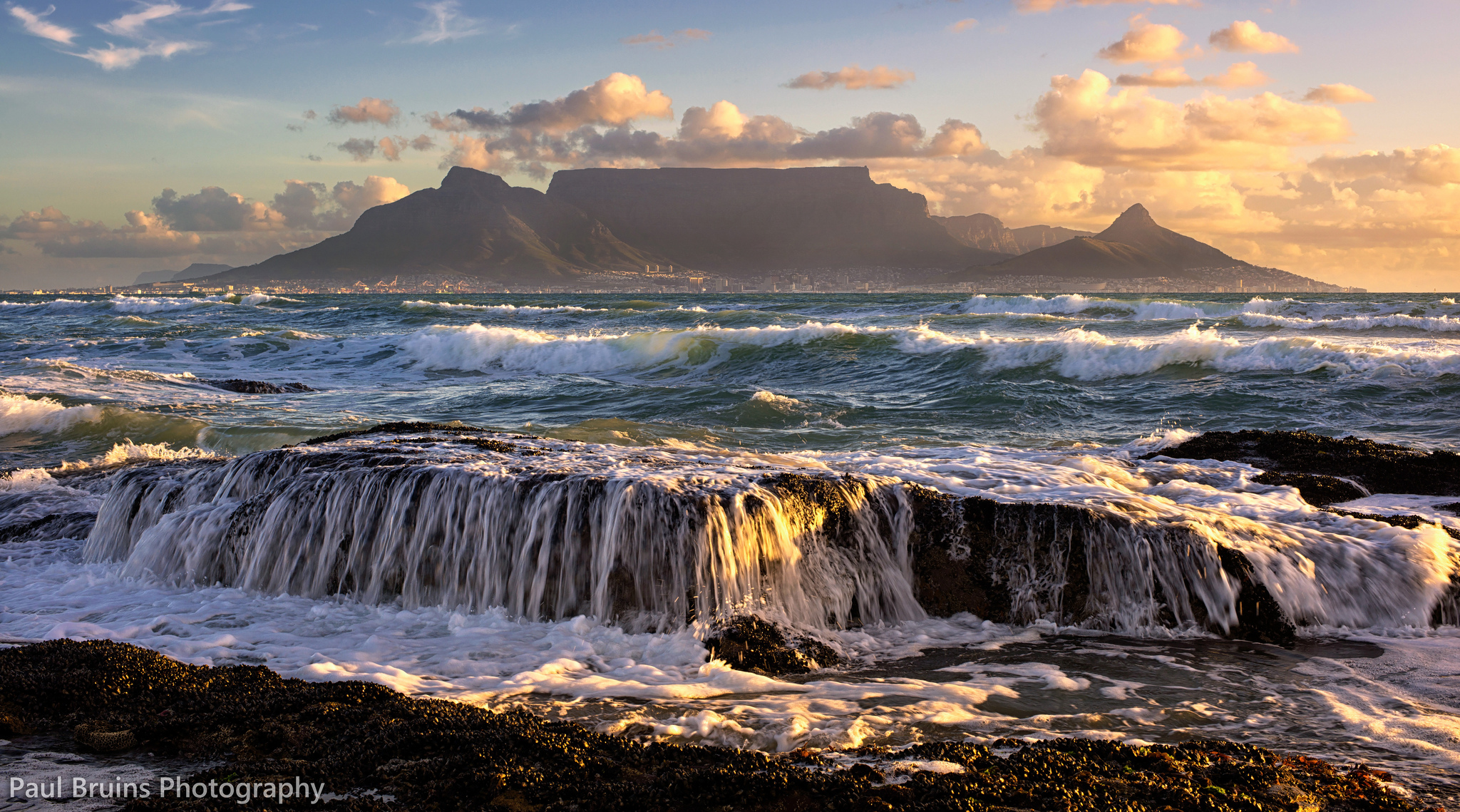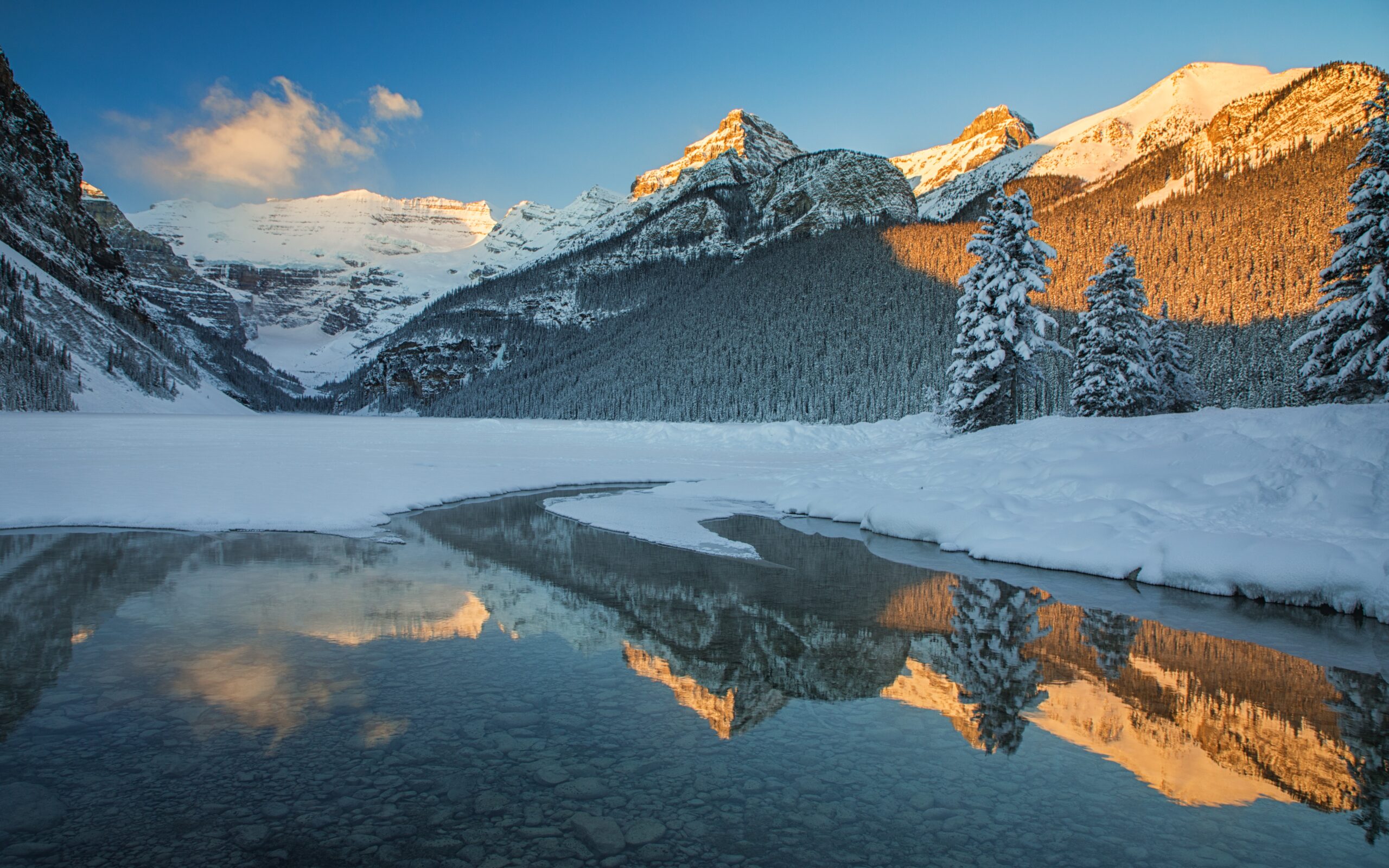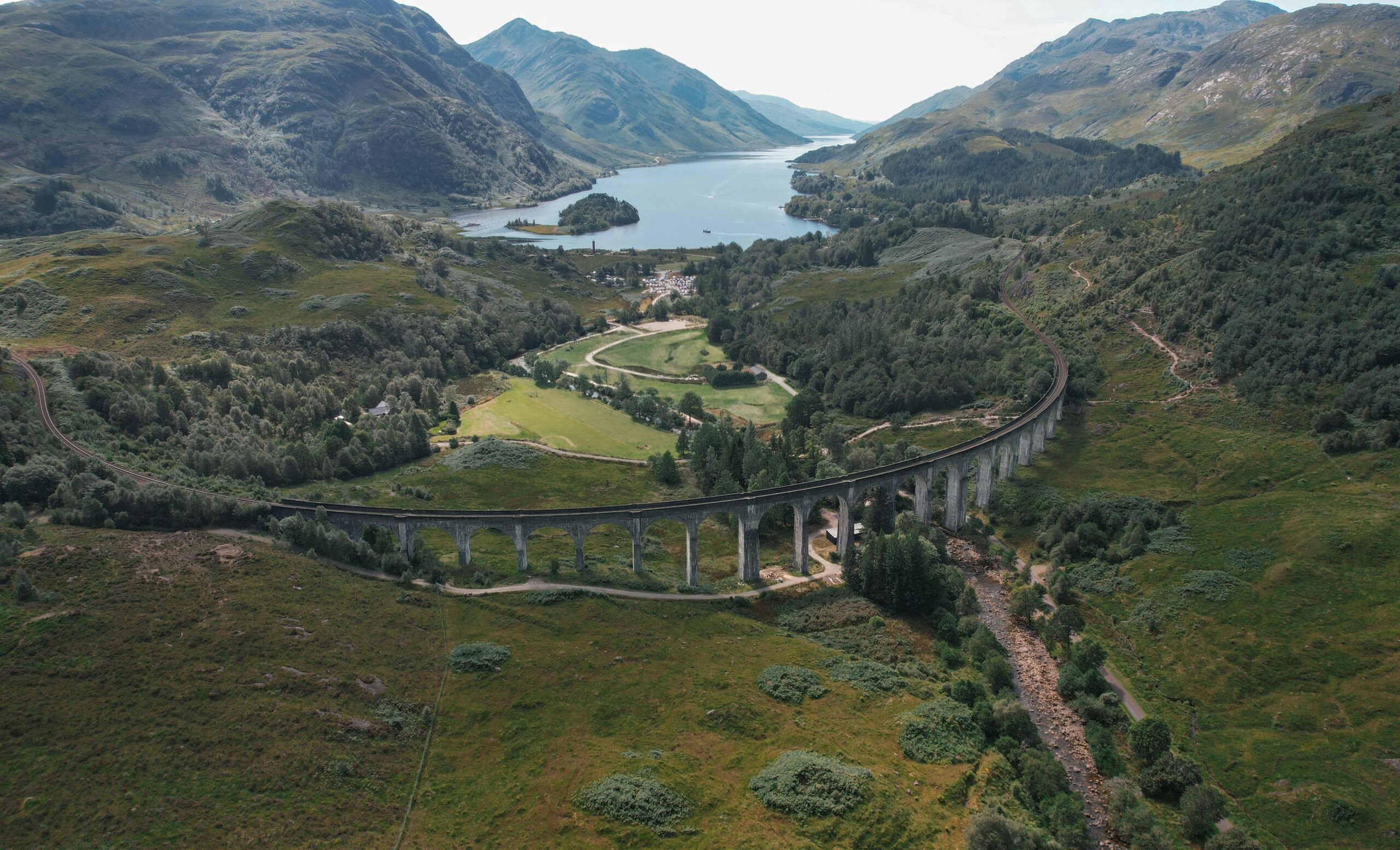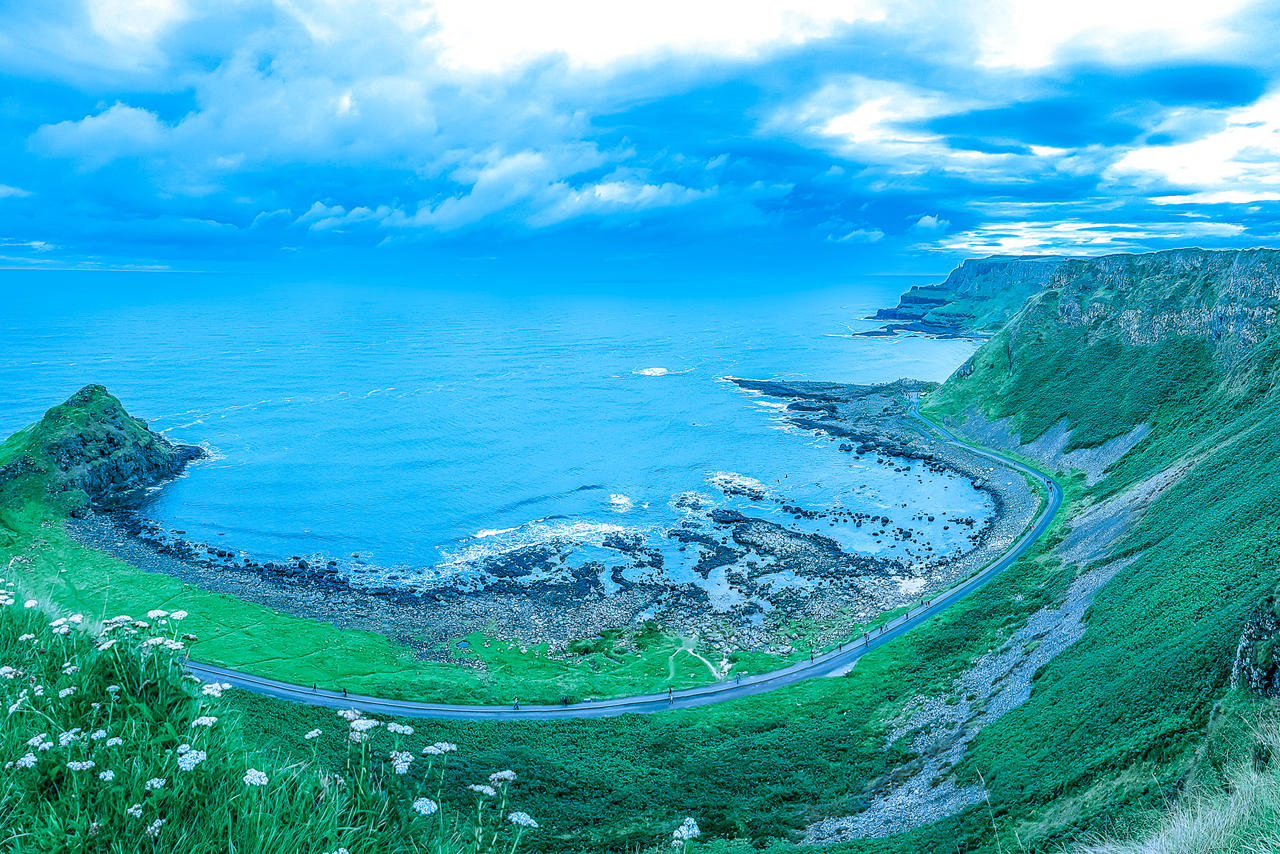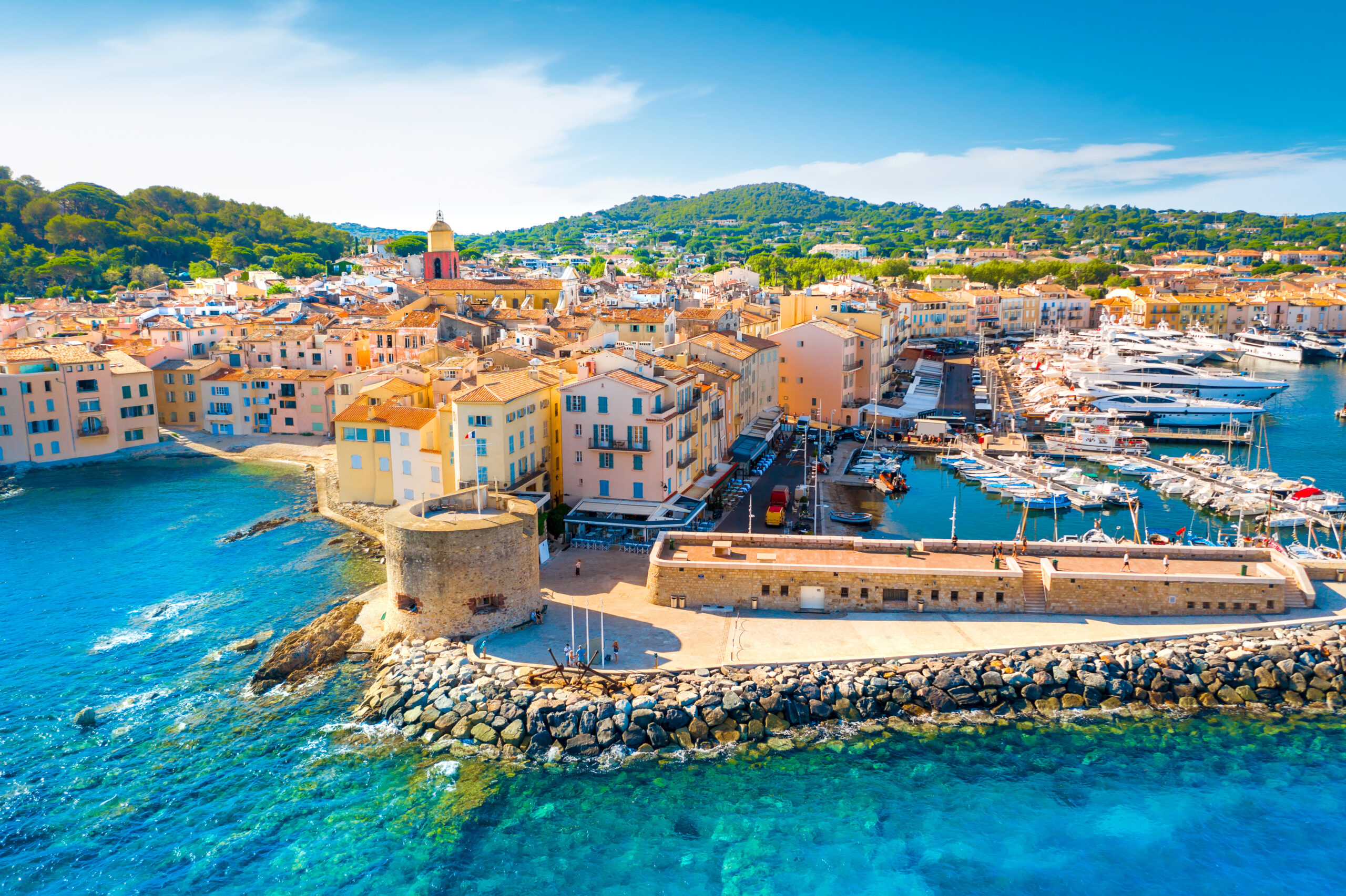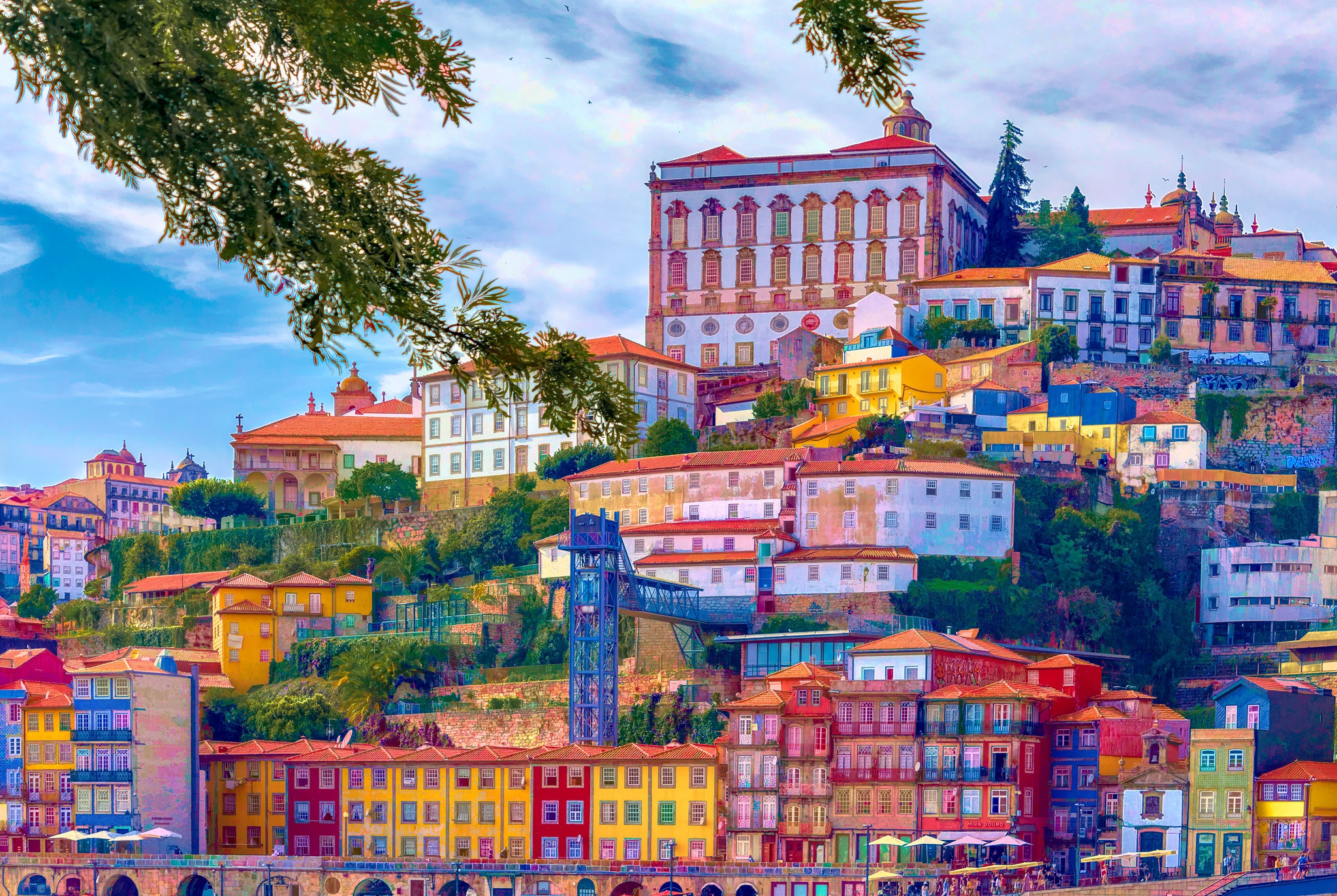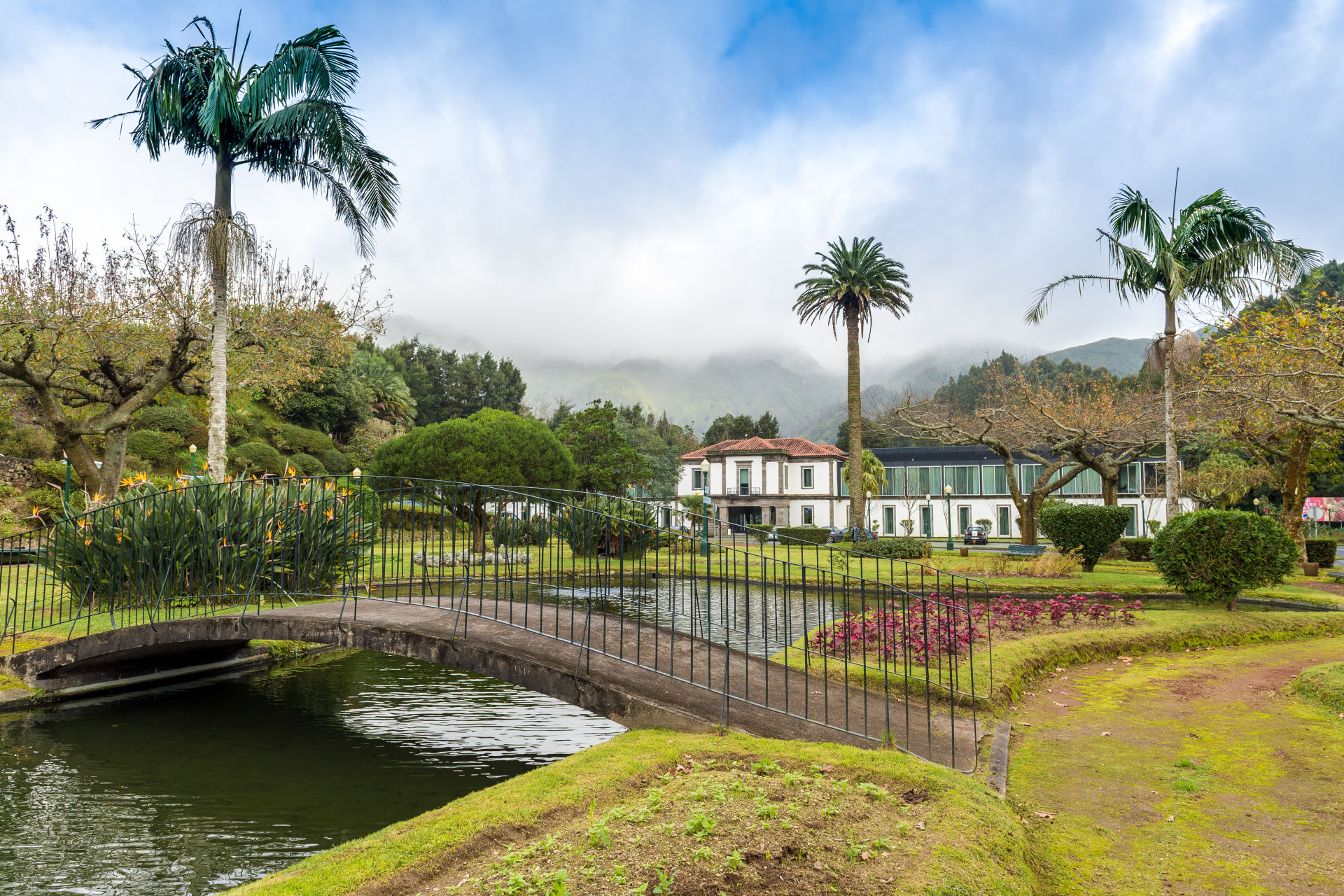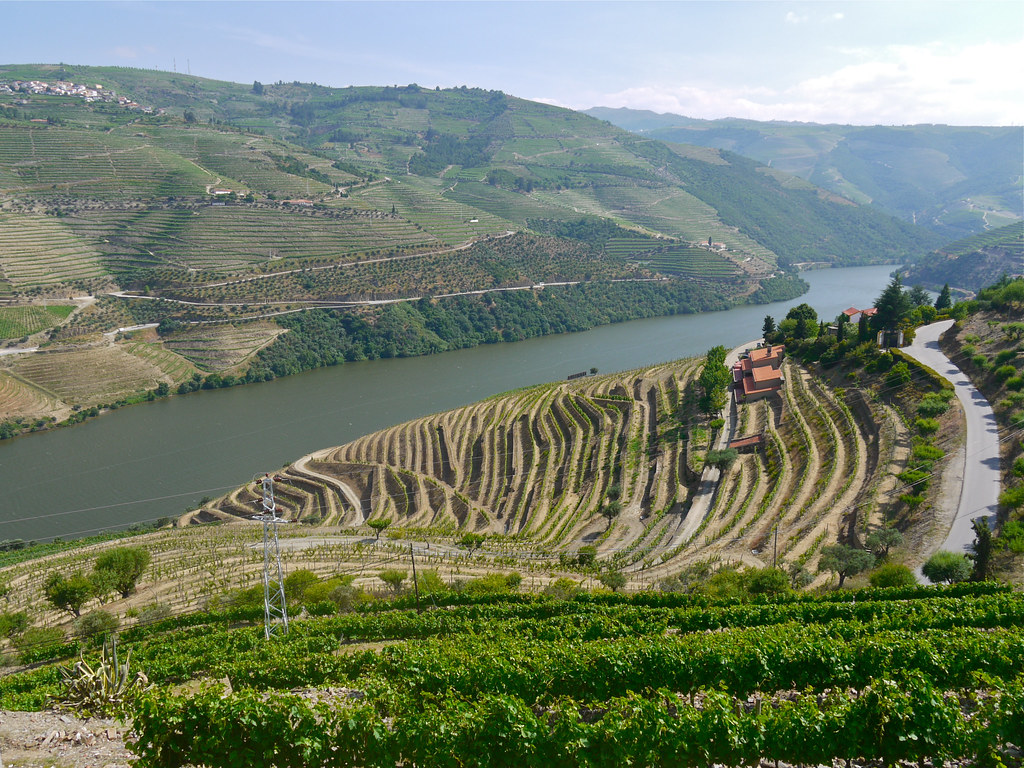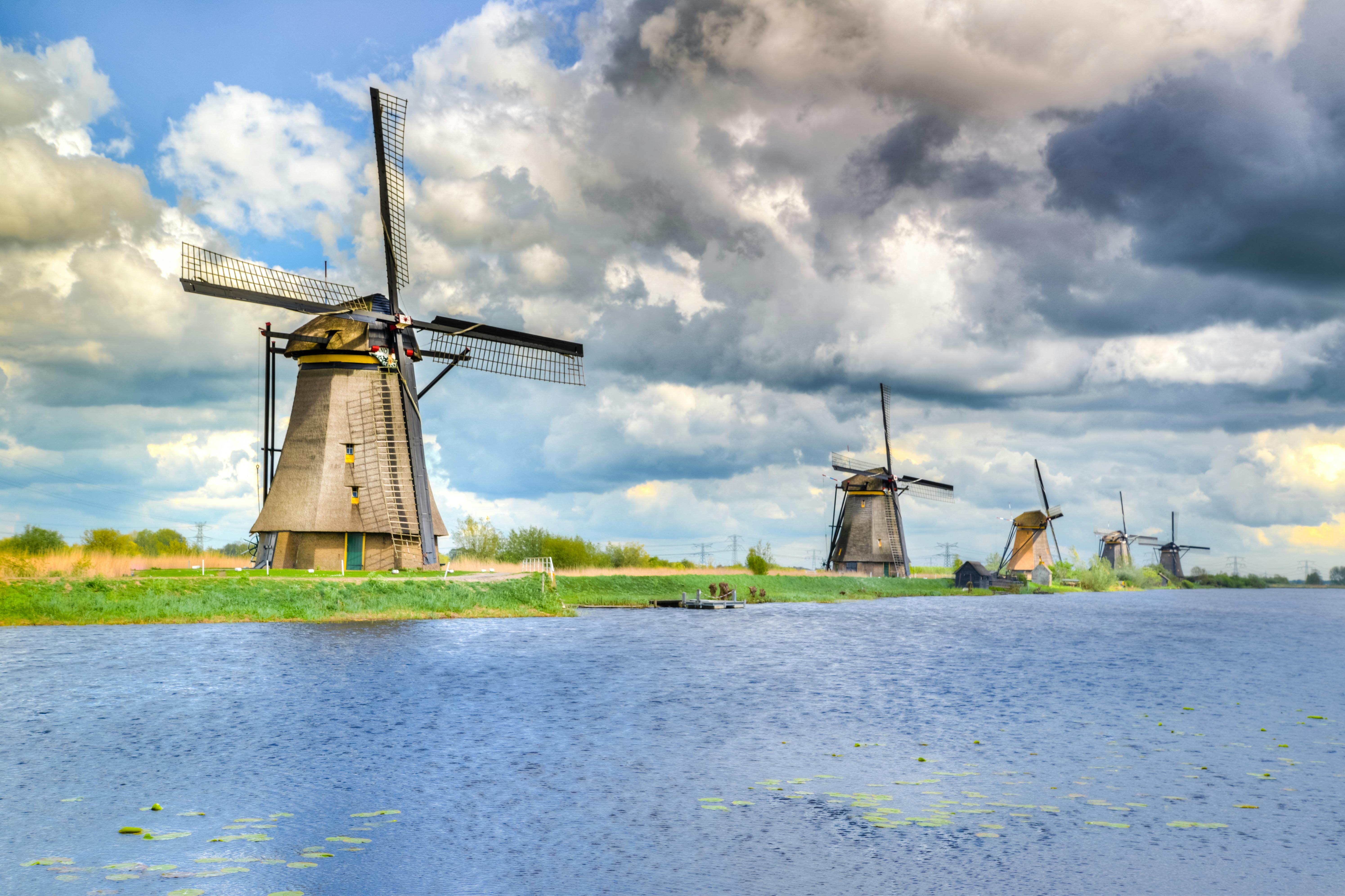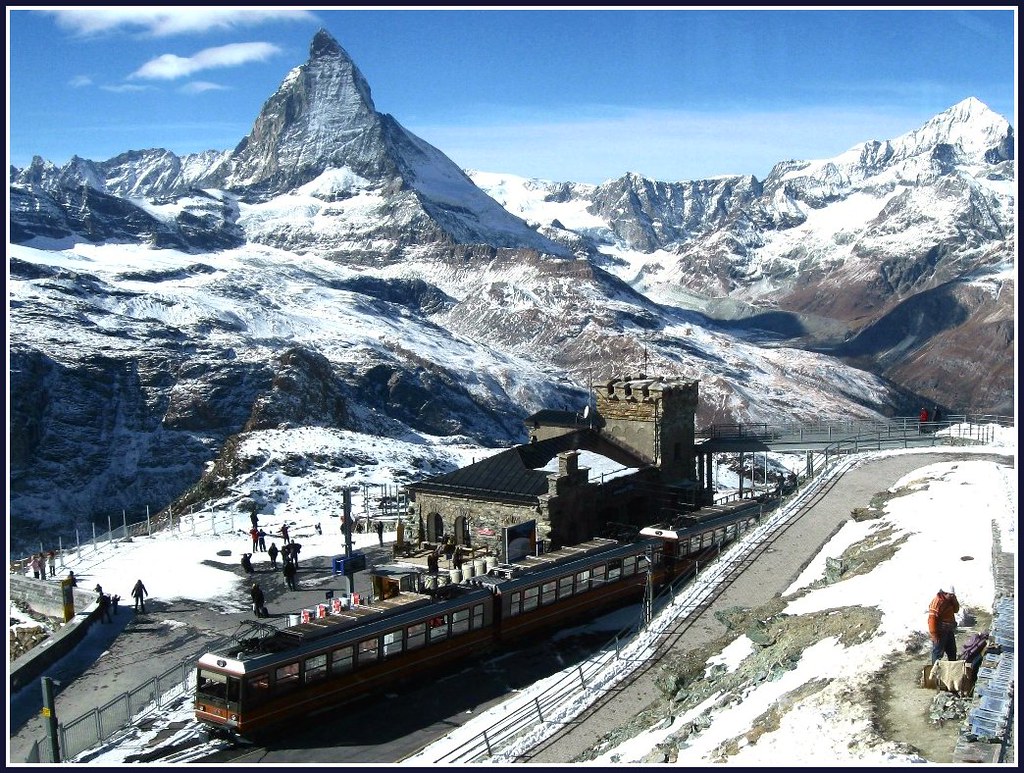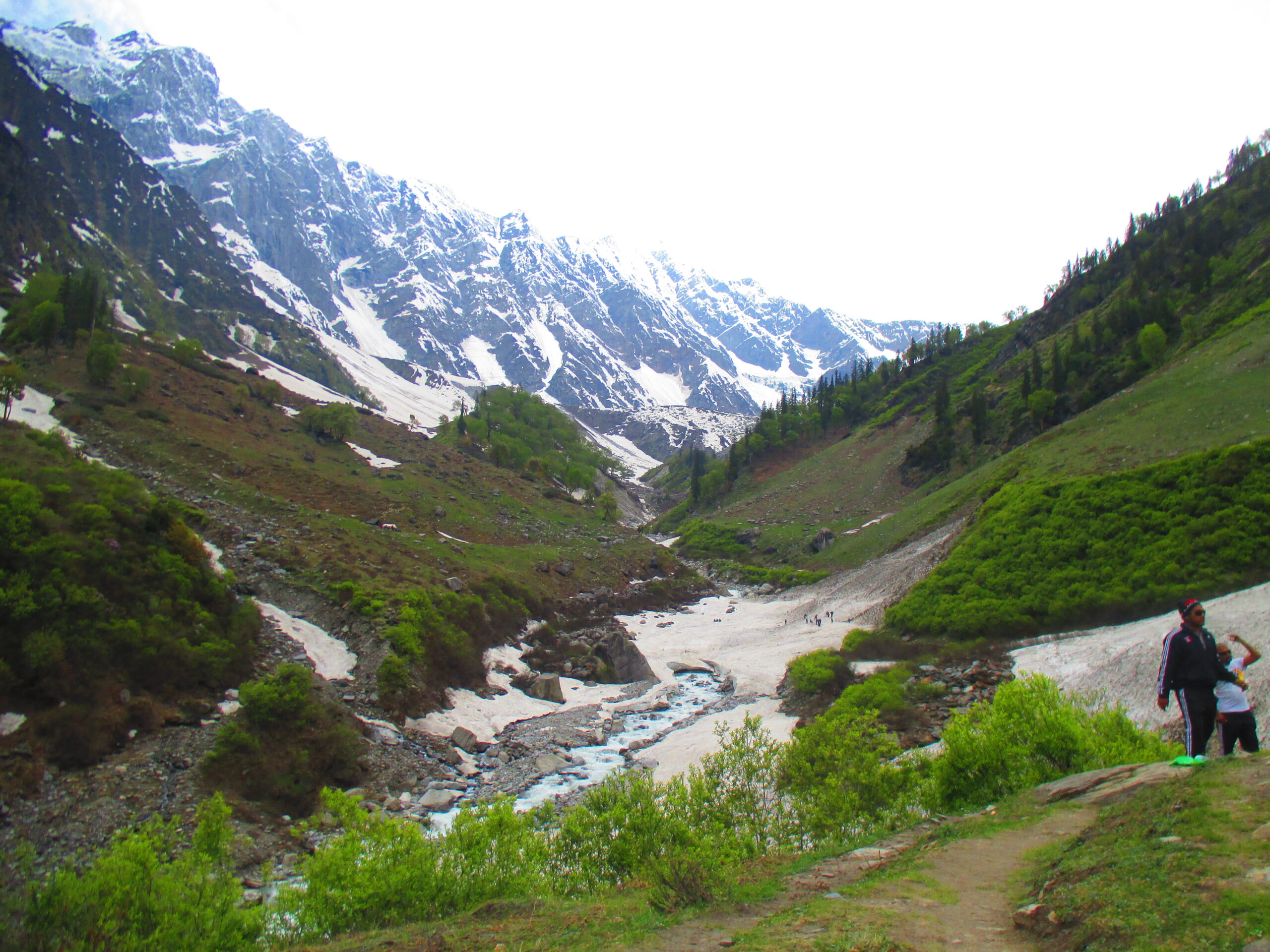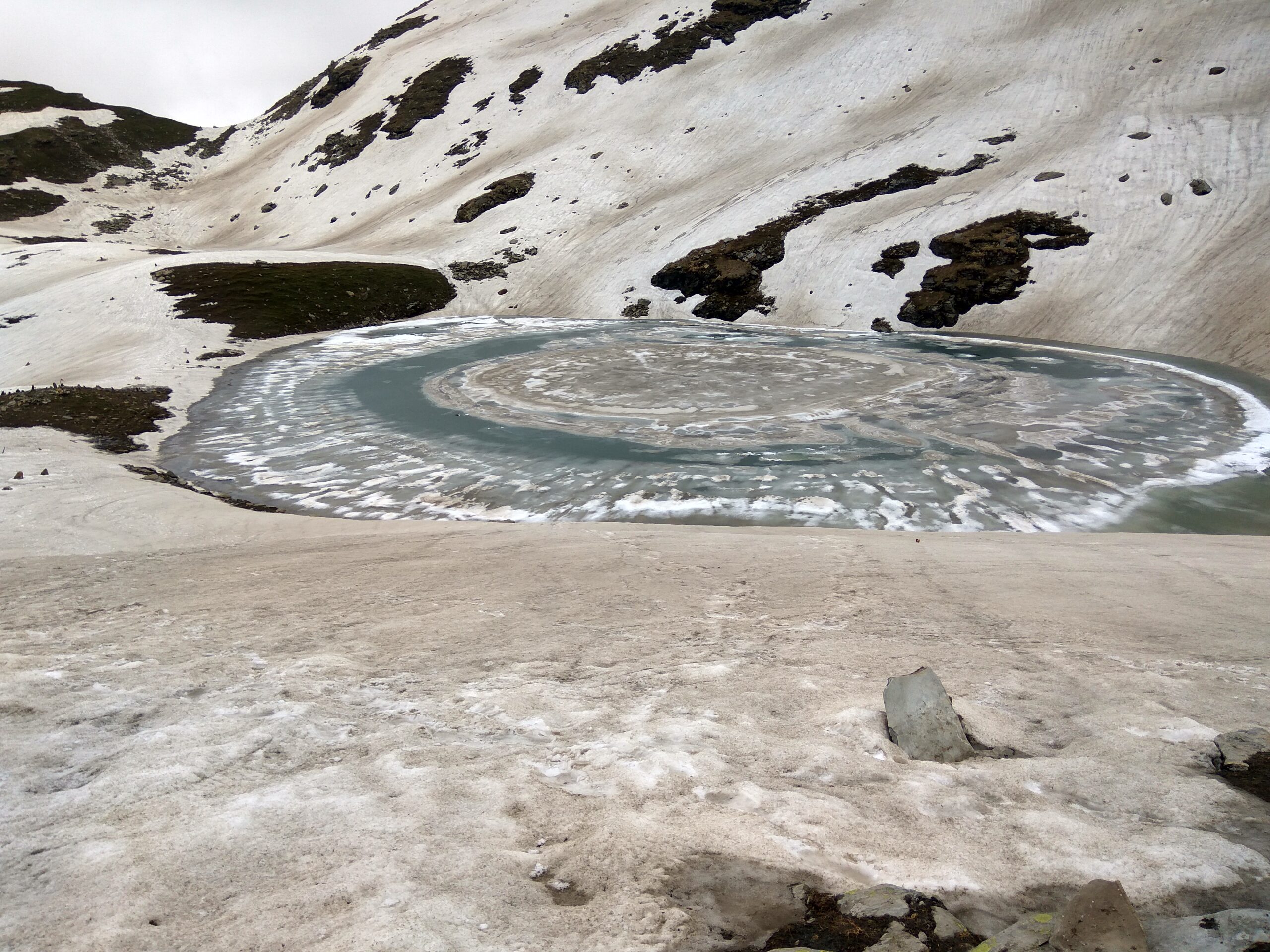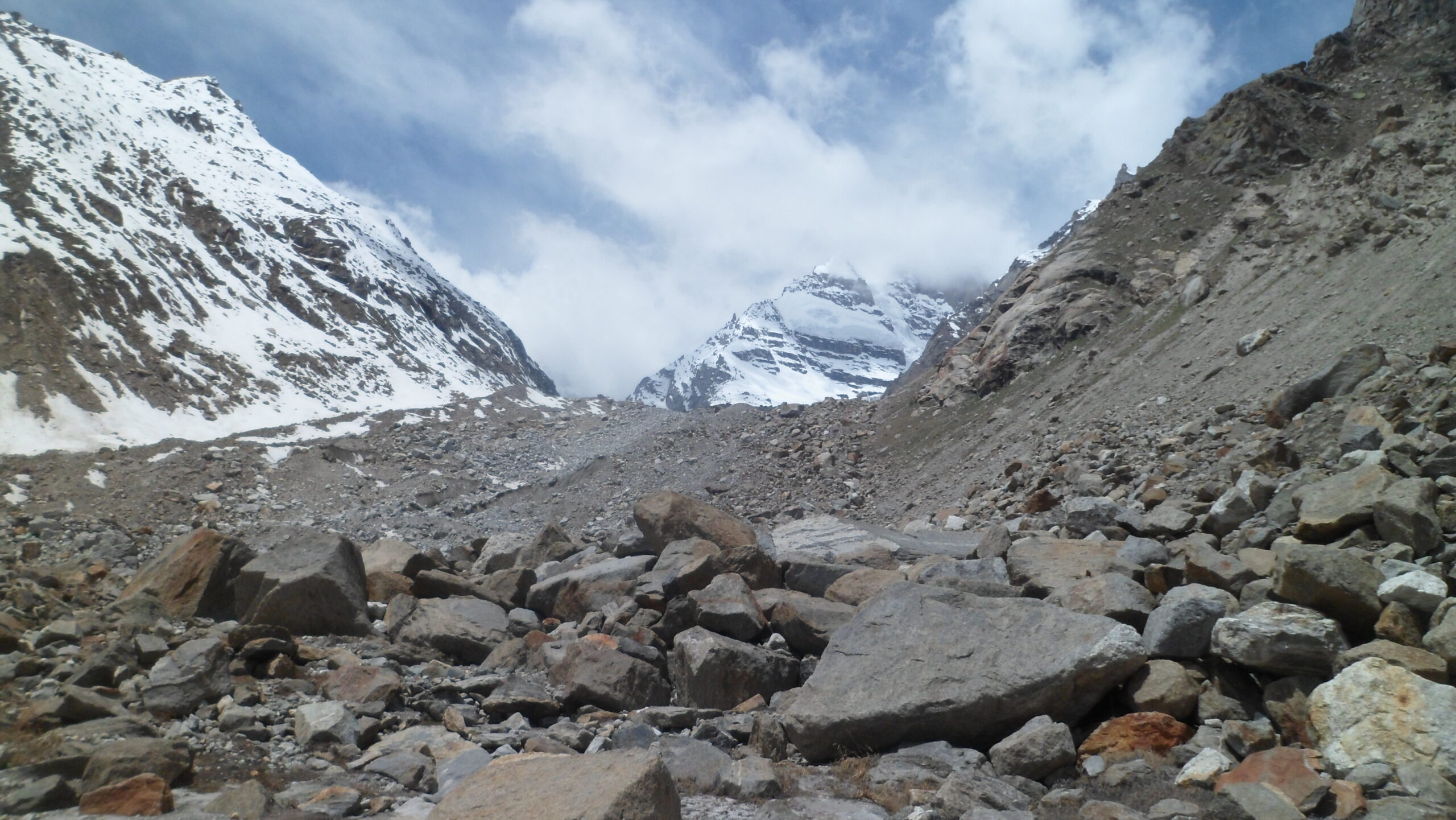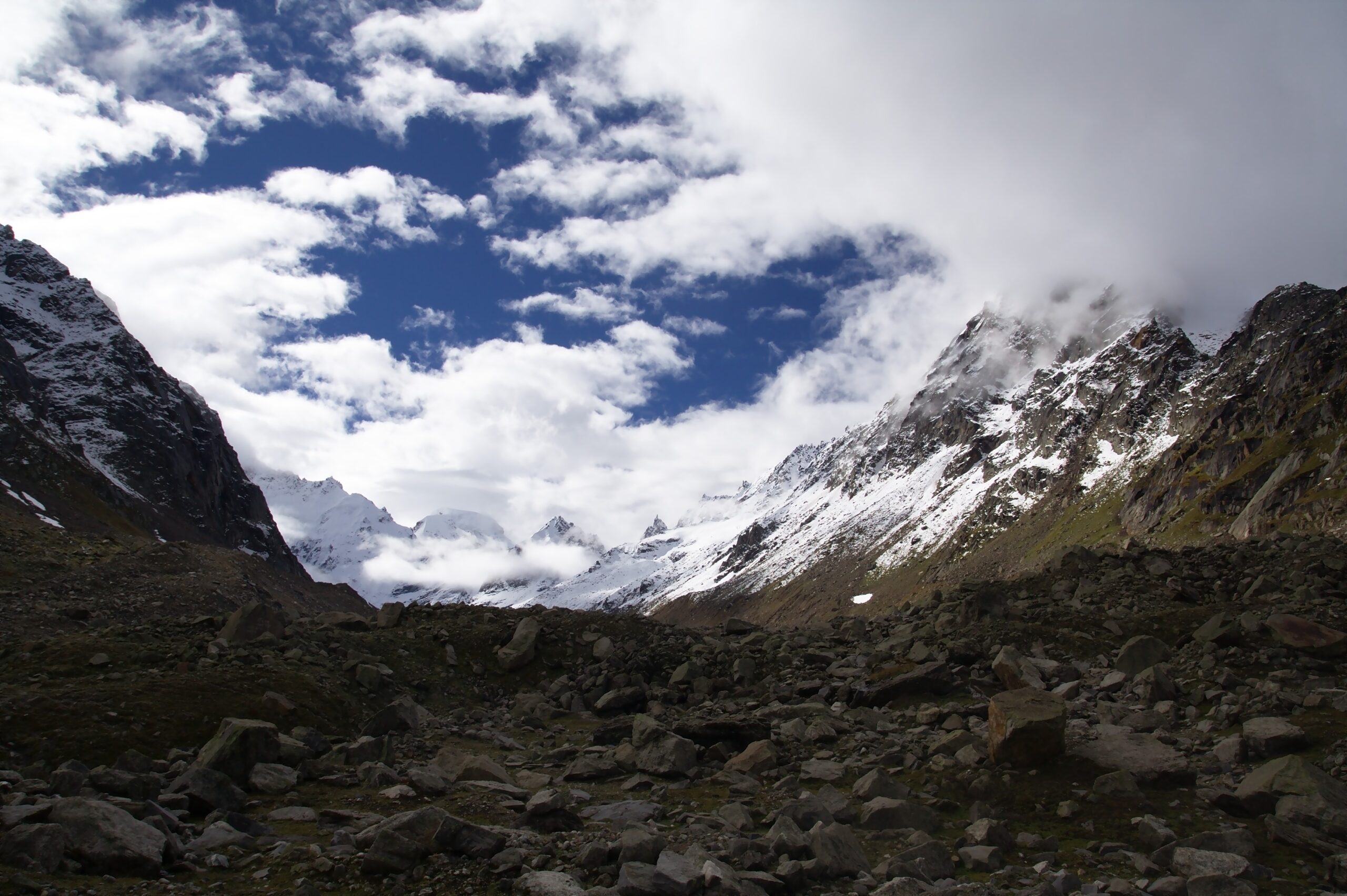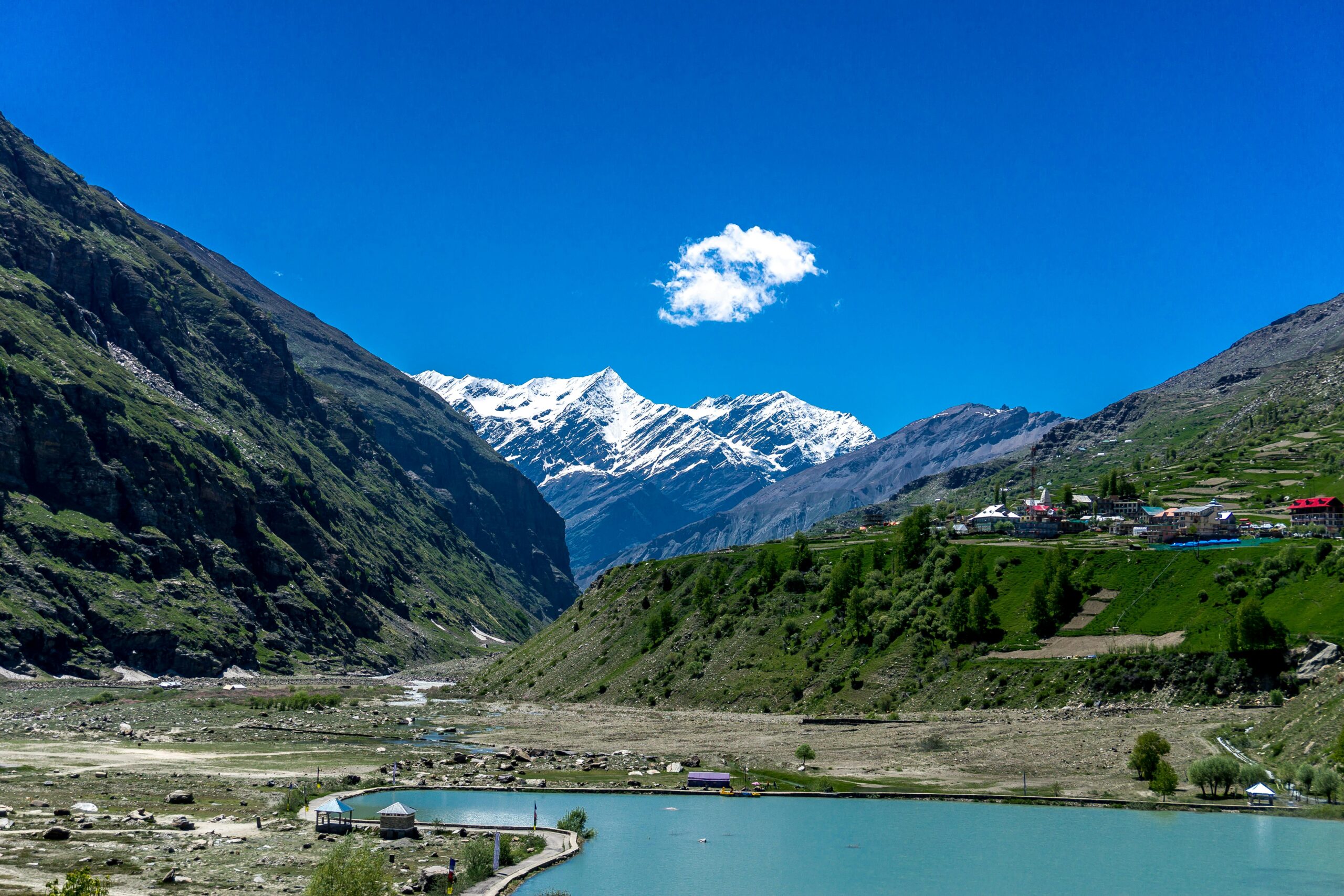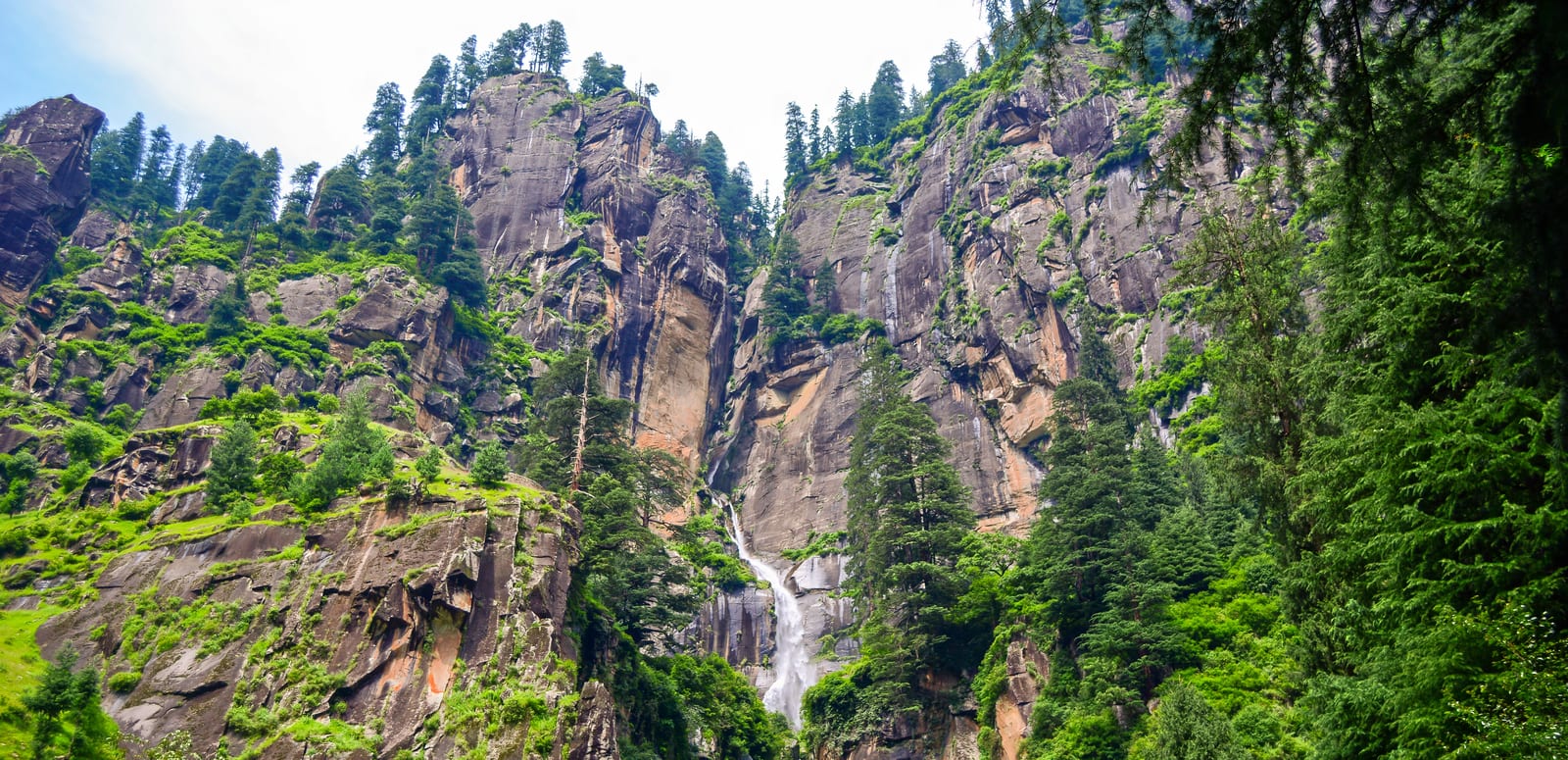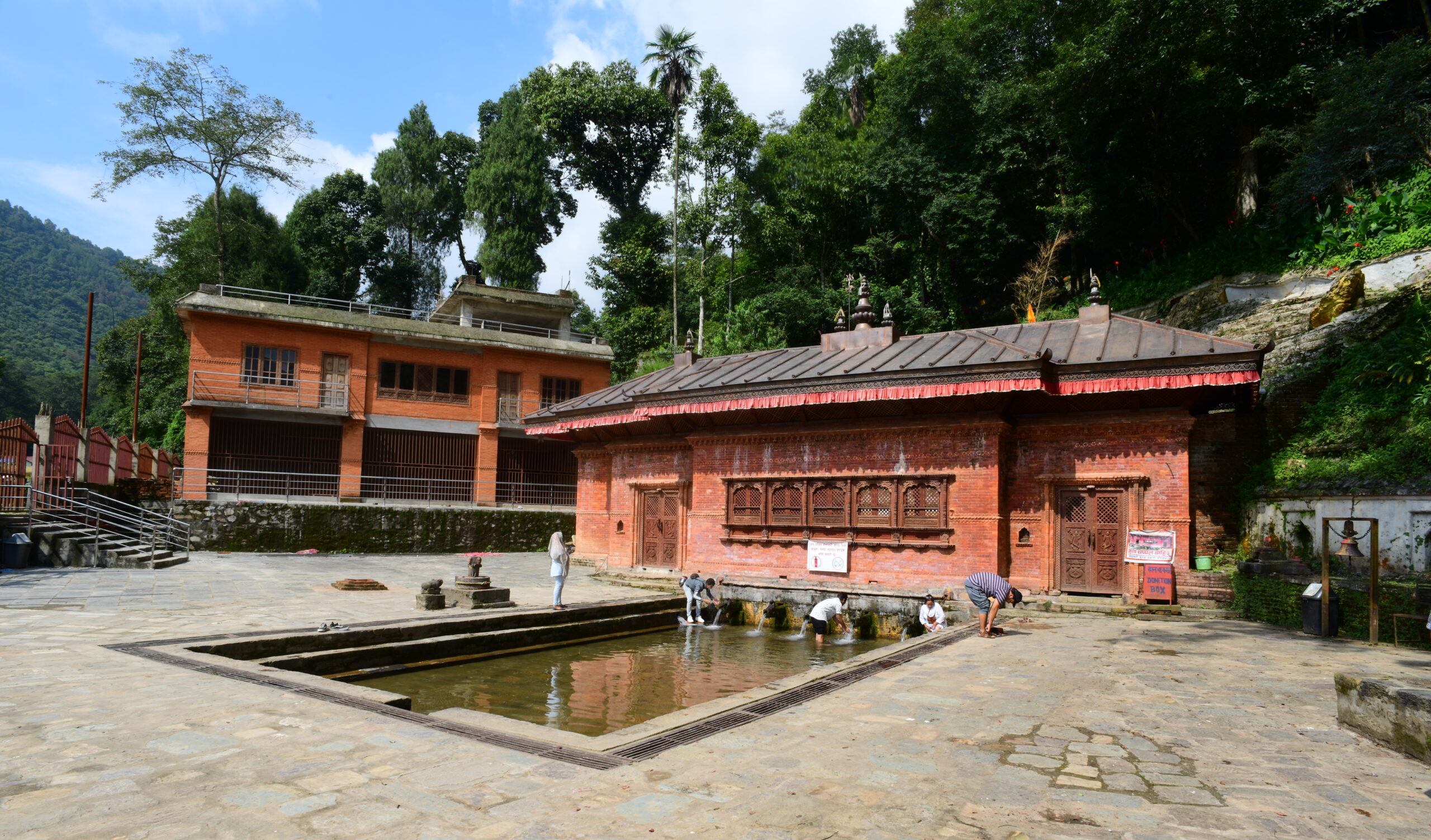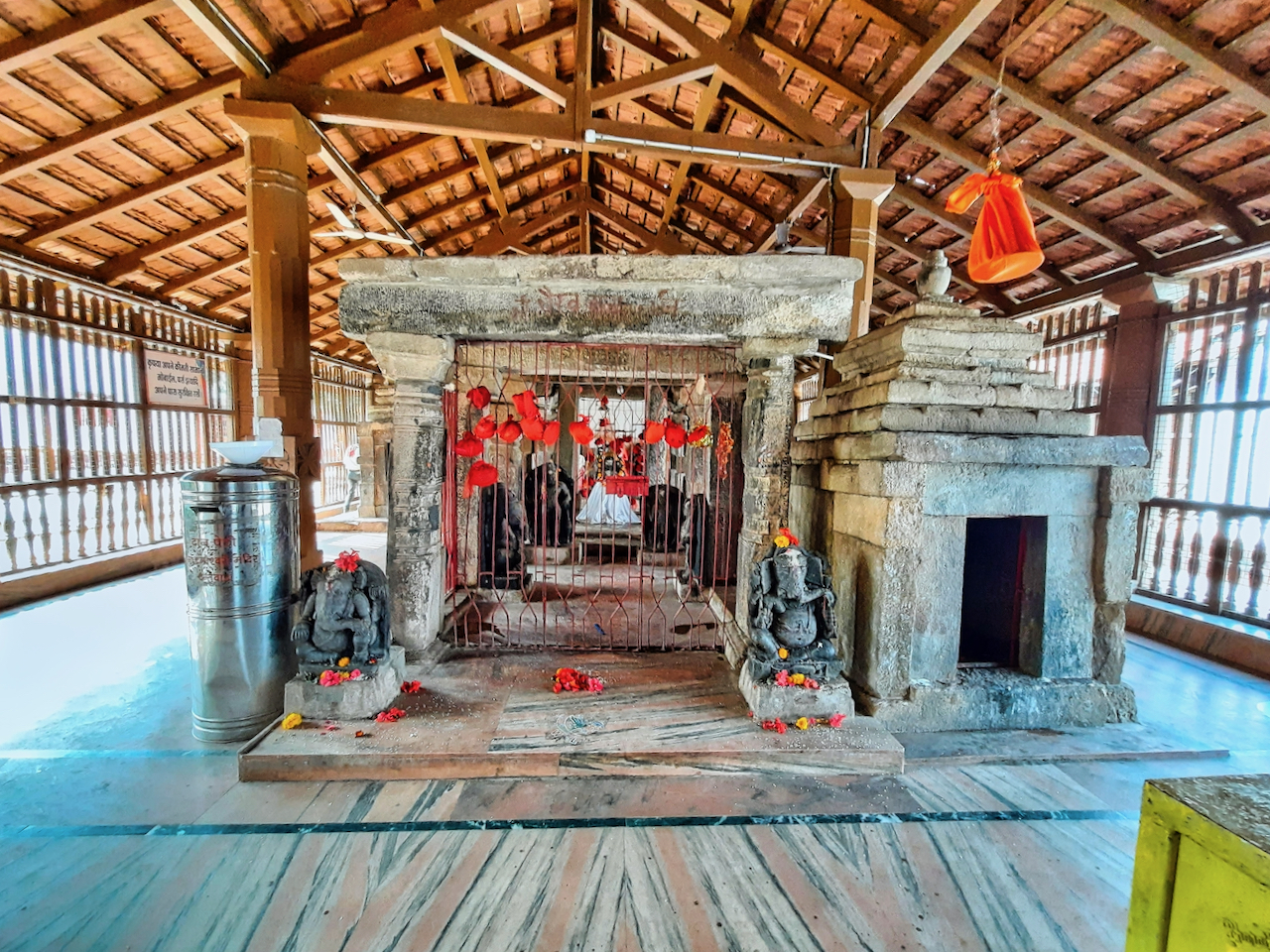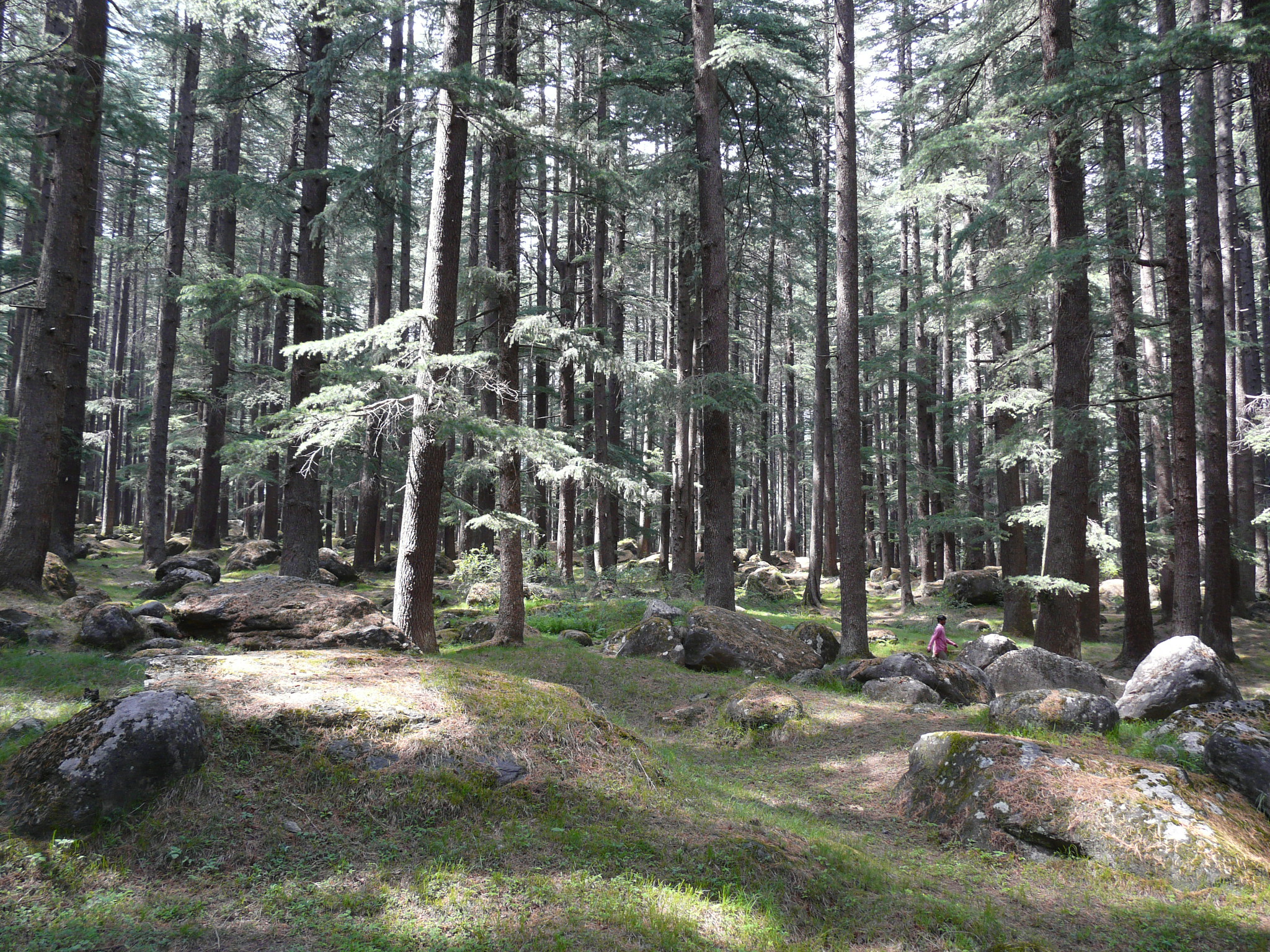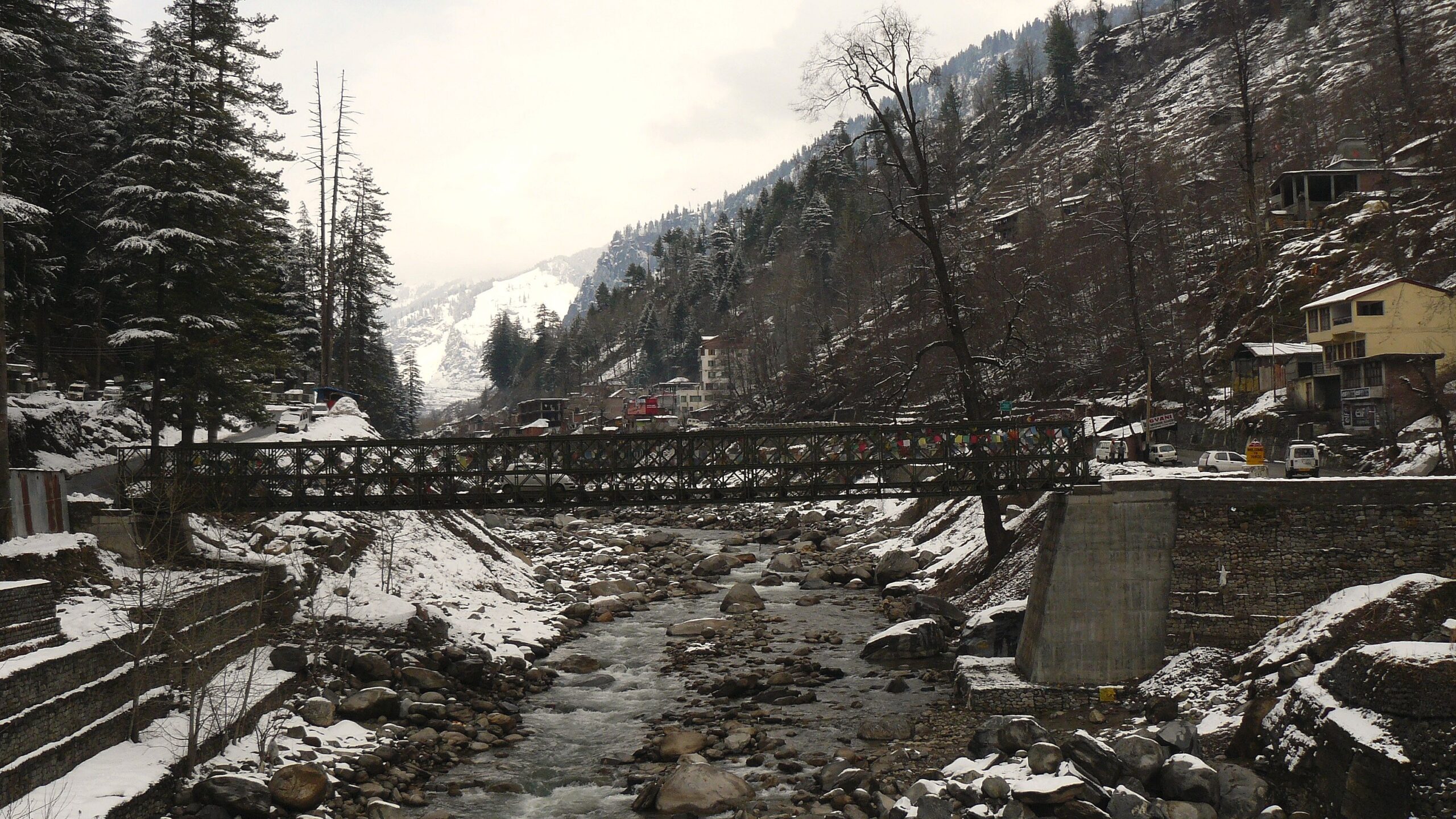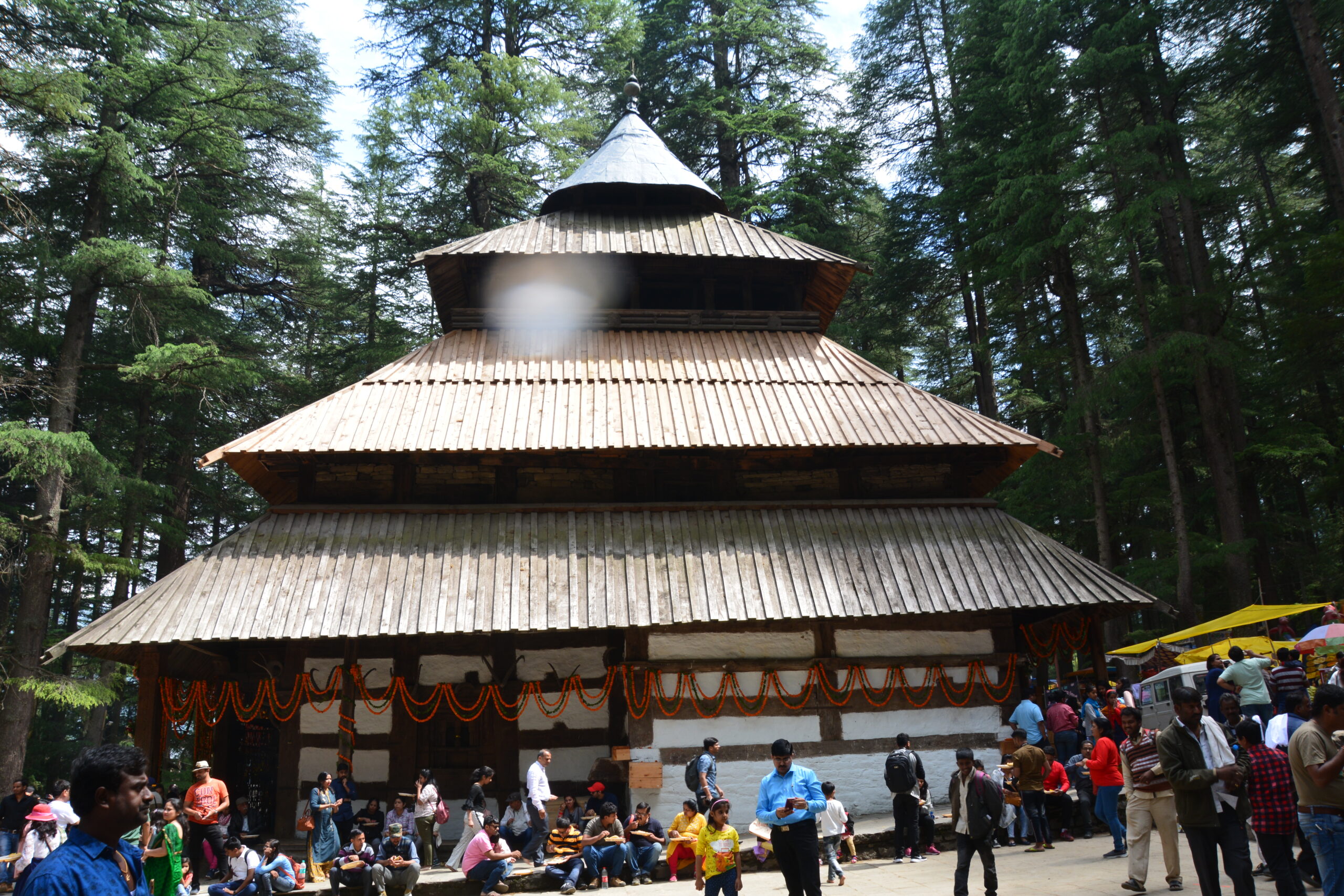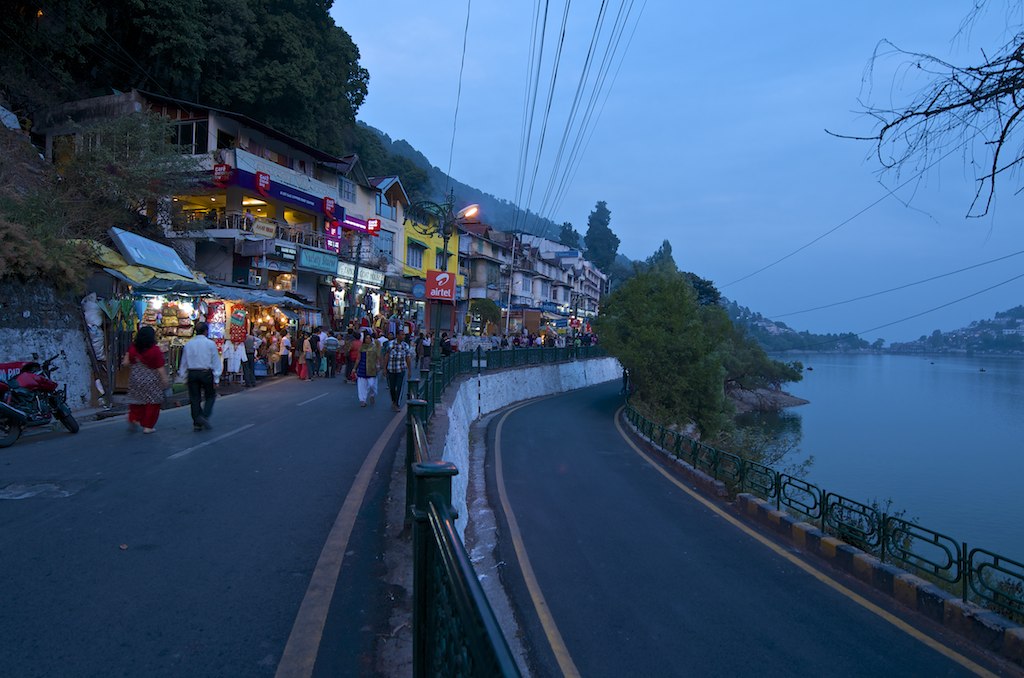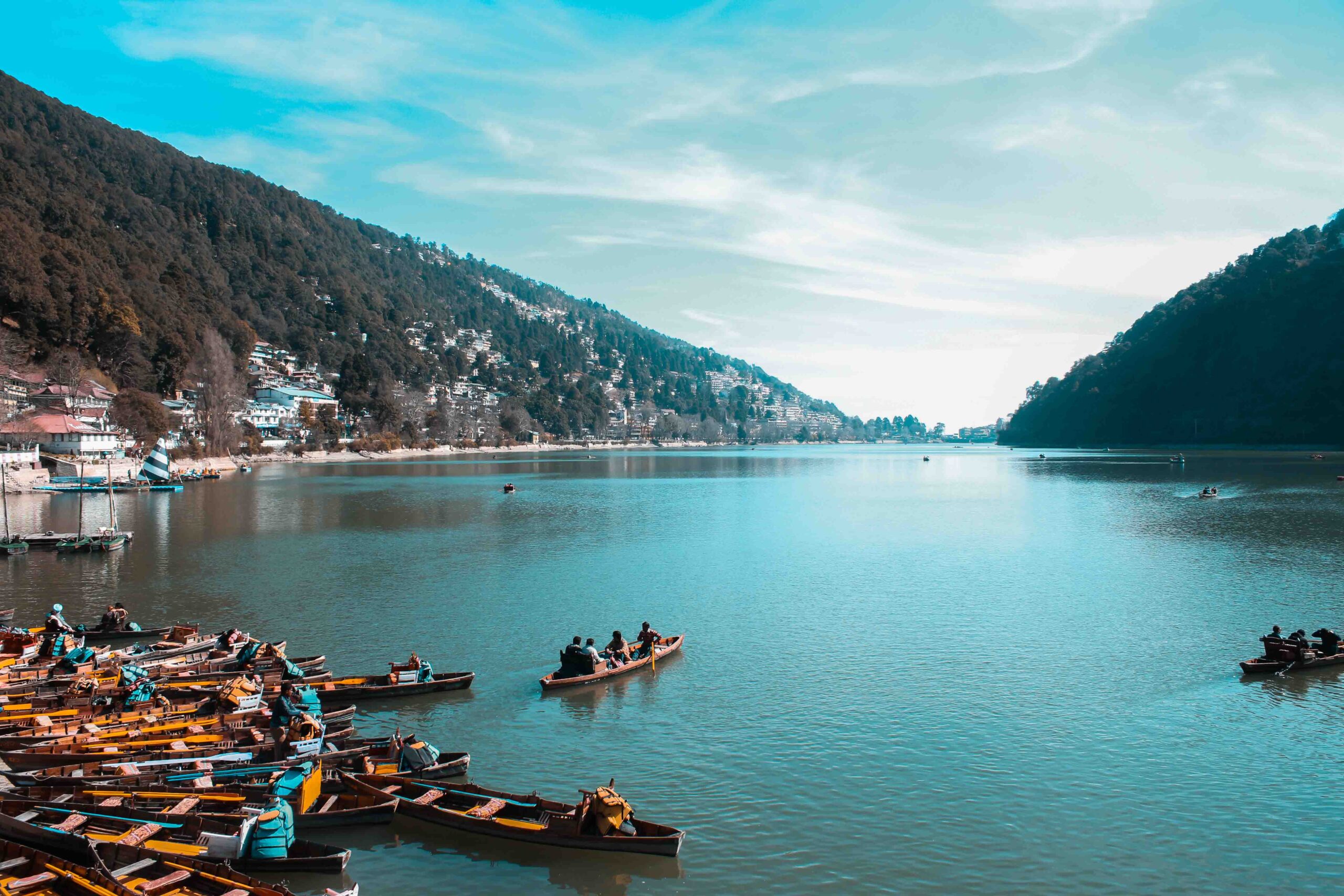Discover the most beautiful places to visit in the USA, where breathtaking landscapes and stunning landmarks await. From the majestic Grand Canyon to the serene beaches of Hawaii, the USA is home to some of the world’s most picturesque destinations. Whether you’re planning a road trip through national parks or a relaxing getaway in a charming coastal town, these top scenic spots in the United States offer unforgettable experiences. Explore the natural beauty and diverse attractions that make the USA a top travel destination for adventurers and nature lovers alike.
1. Grand Canyon, Arizona
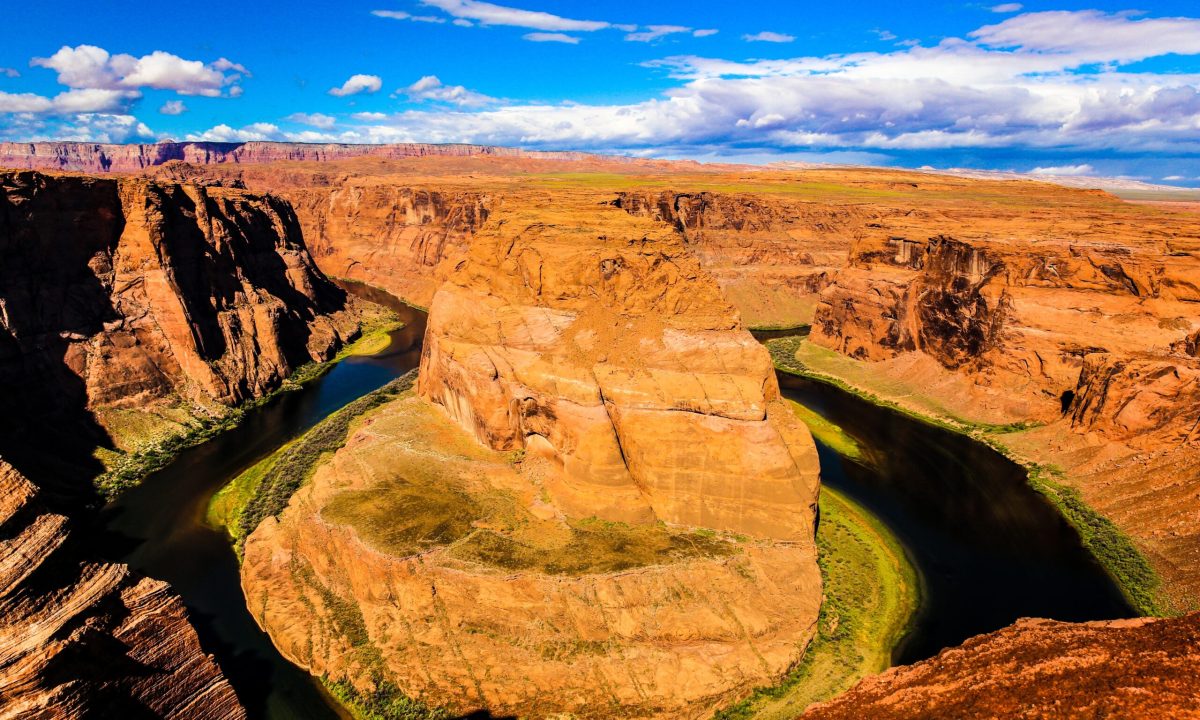
The Grand Canyon, Arizona, is one of the most beautiful places to visit in the USA. This stunning natural wonder offers unparalleled vistas, outdoor adventures, and unique geological formations. Below, we explore the various types of places to visit in the Grand Canyon, along with travel tips to make your experience memorable.
The Grand Canyon is renowned for its awe-inspiring viewpoints that offer spectacular landscapes.
Mather Point
- Features: Panoramic views, easy access, prime sunrise and sunset spot.
- Travel Tips: Arrive early in the morning or late in the afternoon for the best lighting and fewer crowds. Use the nearby Visitor Center for maps and information.
Yavapai Point and Geology Museum
- Features: Uninterrupted scenic vistas, educational geology exhibits.
- Travel Tips: Visit the Geology Museum to gain insights into the canyon’s formation. Bring binoculars for a closer look at the rock layers.
Desert View Watchtower
- Features: Historic watchtower, sweeping canyon and Colorado River views.
- Travel Tips: Climb the watchtower for elevated views and explore the Native American art within. Pack a picnic to enjoy at nearby Desert View Picnic Area.
Explore the Grand Canyon’s beauty up close by embarking on one of its many hiking trails.
Bright Angel Trail
- Features: Popular hiking route, mule rides, water stations.
- Travel Tips: Start early to avoid the midday heat and hike only as far as your fitness level allows. Bring plenty of water, snacks, and sun protection.
South Kaibab Trail
- Features: Stunning vistas, panoramic viewpoints, steep terrain.
- Travel Tips: Pack light and wear sturdy hiking boots. Plan for a day hike to Cedar Ridge or Skeleton Point, but remember the trail lacks water sources.
North Rim Trails
- Features: Less crowded trails, cooler climate, lush landscapes.
- Travel Tips: Visit between May and October when the North Rim is open. Hike the North Kaibab Trail for a more serene experience and incredible views from Coconino Overlook.
Experience the Grand Canyon from a different perspective by embarking on a river adventure.
Colorado River Rafting
- Features: Whitewater rapids, multi-day excursions, guided tours.
- Travel Tips: Book a guided rafting trip through reputable companies like Western River Expeditions. Pack appropriate gear, including waterproof clothing and a camera with protection.
Smooth Water Rafting
- Features: Gentle float trips, scenic views, family-friendly.
- Travel Tips: Ideal for those seeking a calmer experience. Consider a day trip from Glen Canyon Dam to Lee’s Ferry for a relaxing float through beautiful landscapes.
Boat Tours
- Features: Motorized boat tours, scenic river views, guided narration.
- Travel Tips: Check availability and book in advance, particularly during peak season. Bring sun protection and a lightweight jacket as river temperatures can vary.
Explore the rich cultural and historical significance of the Grand Canyon through its various sites.
Tusayan Ruin and Museum
- Features: Ancient Puebloan site, historical artifacts, informative exhibits.
- Travel Tips: Join a ranger-led tour to gain deeper insights into the site’s history. The museum offers a fascinating look into the lives of ancient inhabitants.
Grand Canyon Village
- Features: Historic buildings, visitor services, shops, and lodgings.
- Travel Tips: Stroll along the village to explore historic structures like the El Tovar Hotel and Hopi House. Use the village as a base for exploring the South Rim’s attractions.
Hopi House
- Features: Native American crafts, cultural exhibits, historic build.
- Travel Tips: Explore the unique architecture and shop for authentic Native American art and crafts. Learn about the Hopi culture through the exhibits and demonstrations.
The Grand Canyon is well-known for its impressive vistas and natural formations that captivate visitors.
Havasu Falls
- Features: Turquoise waterfalls, stunning pools, Havasupai Reservation.
- Travel Tips: Obtain permits well in advance as they are required and limited. Prepare for a challenging hike to the falls, and camp overnight to fully enjoy the experience.
Grandview Point
- Features: Sweeping canyon views, less crowded, historical significance.
- Travel Tips: Visit in the morning for calm winds and clear visibility. The adjacent Grandview Trail offers a challenging but rewarding hike.
Toroweap Overlook
- Features: Dramatic views, remote location, volcanic geology.
- Travel Tips: Access requires a high-clearance vehicle, and the road can be rough. Pack all necessary supplies, as there are no services in the area.
The Grand Canyon offers several attractions that are perfect for families with children.
Junior Ranger Program
- Features: Educational activities, ranger badges, interactive learning.
- Travel Tips: Pick up a Junior Ranger booklet from a visitor center. Encourage your kids to complete the activities and earn a badge during your visit.
Grand Canyon Railway
- Features: Scenic train ride, historic locomotives, entertaining guides.
- Travel Tips: Book tickets in advance, especially for themed rides like the Polar Express. The train departs from Williams, AZ, and offers a delightful journey to the South Rim.
Visitor Centers
- Features: Educational exhibits, informational films, ranger programs.
- Travel Tips: Start your visit at a visitor center to gather maps and information. Mather Point Visitor Center offers interactive exhibits and a great starting point for exploring.
Maximize your Grand Canyon visit with these essential tips:
Best Times to Visit
- Tips: The best times to visit are during spring (March to May) and fall (September to November) when temperatures are cooler and crowds are smaller. Winter offers unique beauty but comes with snow at the rim.
Preparation
- Tips: Bring layered clothing due to fluctuating temperatures. Always carry sufficient water, snacks, and sunblock. Check weather conditions and trail statuses before setting out.
Accessibility
- Tips: Several viewpoints and trails are wheelchair accessible, including some shuttle buses. The South Rim offers more amenities and services for those requiring accessibility options.
The Grand Canyon, with its awe-inspiring landscapes and varied activities, truly stands out as one of the most beautiful places to visit in the USA. By following these travel tips, you can ensure a rewarding and unforgettable adventure in this natural wonder.
2. Yosemite National Park, California

Yosemite National Park in California is celebrated for its majestic landscapes, making it one of the most beautiful places to visit in the USA. This iconic park offers a range of spectacular attractions, from towering waterfalls to stunning granite cliffs. Below, we explore the diverse types of places to visit in Yosemite National Park, along with travel tips to help you make the most of your adventure.
Yosemite is home to some of the most iconic natural landmarks in the United States.
El Capitan
- Features: Massive granite monolith, popular with rock climbers, stunning vertical face.
- Travel Tips: For the best views, head to El Capitan Meadow or Bridalveil Fall area. Bring binoculars to observe climbers scaling the sheer granite face.
Half Dome
- Features: Distinctive granite dome, challenging hiking trail, sweeping views.
- Travel Tips: Permits are required for the Half Dome hike, so apply in advance. If you’re not hiking, view the dome from Glacier Point for an incredible sight.
Yosemite Falls
- Features: Highest waterfall in North America, multiple tiers, seasonal flow.
- Travel Tips: Visit in spring for peak waterfall flow. The short hike to the Lower Yosemite Fall is suitable for all skill levels and offers great photo opportunities.
Yosemite’s scenic viewpoints provide breathtaking panoramas of the park’s natural beauty.
Glacier Point
- Features: Panoramic views of Yosemite Valley, Half Dome, and waterfalls.
- Travel Tips: Drive to Glacier Point or take a guided tour during summer. For a rewarding hike, consider the Four-Mile Trail, which climbs from Yosemite Valley to Glacier Point.
Tunnel View
- Features: Iconic vista point, stunning views of El Capitan, Bridalveil Fall, and Half Dome.
- Travel Tips: Visit at sunrise or sunset for the most dramatic lighting. This viewpoint is a must-see and is easily accessible from the Wawona Tunnel.
Taft Point
- Features: Exposed cliffs, dramatic fissures, breathtaking valley views.
- Travel Tips: The hike to Taft Point is relatively short but offers stunning views. Be cautious near the cliff edges and enjoy the surreal scenery of Yosemite Valley below.
Hiking in Yosemite offers an immersive way to experience the park’s diverse landscapes.
John Muir Trail
- Features: Extensive trail network, stunning scenery, diverse ecosystems.
- Travel Tips: Plan your trip according to your hiking ability; the entire trail stretches for over 200 miles. Ensure you have the necessary permits and ample supplies for multi-day treks.
Mist Trail
- Features: Close views of Vernal and Nevada Falls, steep steps, misty climbs.
- Travel Tips: Wear waterproof gear and sturdy shoes as the trail can be slippery. Start early to avoid the crowds and enjoy the serene beauty of the waterfalls.
Mariposa Grove
- Features: Giant sequoias, historic Grizzly Giant, nature trails.
- Travel Tips: Visit early in the day to find parking and avoid the midday crowd. Explore the easy Grizzly Giant Loop Trail to see some of the largest trees in the grove.
Yosemite offers numerous attractions that cater to families and children, making it an excellent destination for all ages.
Yosemite Valley Visitor Center
- Features: Educational exhibits, informative films, ranger-led programs.
- Travel Tips: Start your visit here to gather maps and information. Engage the kids with the Junior Ranger Program, which includes fun activities and learning about the park.
Happy Isles Nature Center
- Features: Interactive exhibits, easy nature trails, family-friendly.
- Travel Tips: Take the short hike to the Happy Isles and explore the nature center. Enjoy a picnic by the river and let the kids explore the interactive displays.
Mirror Lake
- Features: Reflective lake views, easy hike, seasonal water levels.
- Travel Tips: This pleasant walk is accessible year-round, though the lake’s water levels are highest in spring. Ideal for families, the hike offers beautiful reflections of surrounding cliffs.
Yosemite’s natural wonders and vast wilderness areas offer unparalleled opportunities for exploration and adventure.
Tuolumne Meadows
- Features: Expansive alpine meadows, granite domes, clear rivers.
- Travel Tips: Visit in summer when the meadows are in full bloom. Enjoy picnicking, hiking, and fishing along the Tuolumne River.
Hetch Hetchy
- Features: Reservoir, scenic hiking trails, dramatic landscapes.
- Travel Tips: Hike the Wapama Falls Trail for impressive waterfall views. Fewer crowds than Yosemite Valley make it a quieter alternative for enjoying the wilderness.
Bridalveil Fall
- Features: Majestic waterfall, easy hike, year-round flow.
- Travel Tips: Arrive early to avoid the crowds and enjoy the tranquil surroundings. The short hike to the base is easily accessible and offers stunning views.
Yosemite provides a variety of unique accommodations, from rustic campsites to classic lodges.
The Ahwahnee Hotel (now known as The Majestic Yosemite Hotel)
- Features: Historic luxury hotel, elegant architecture, prime location.
- Travel Tips: Book well in advance as rooms fill up quickly, especially during peak seasons. Enjoy dining at the grand dining room, known for its stunning views and exquisite cuisine.
Curry Village
- Features: Canvas tents, wooden cabins, affordable lodging.
- Travel Tips: Opt for heated tents if visiting in cooler months. Curry Village is a great base for exploring Yosemite Valley, with easy access to numerous trails.
Yosemite Valley Campgrounds
- Features: Scenic campsites, close proximity to major attractions, rustic amenities.
- Travel Tips: Reservations are often required months in advance, so plan ahead. Campgrounds like Upper Pines offer a prime location near the valley’s main attractions.
Maximize your Yosemite experience with these key travel tips:
Best Times to Visit
- Tips: Spring and fall are ideal for fewer crowds and mild weather. Winter offers unique views but comes with snow, while summer is the busiest season with fully accessible park facilities.
Preparation
- Tips: Bring layered clothing to accommodate varying temperatures. Always carry sufficient water, snacks, and a map. Be bear-aware and store food properly to avoid wildlife encounters.
Accessibility
- Tips: Many areas within the park are accessible to visitors with disabilities. Shuttle services are available to major sites in Yosemite Valley, enhancing accessibility for all guests.
Yosemite National Park, with its stunning landscapes and diverse attractions, is truly one of the most beautiful places to visit in the USA. By following these travel tips, you can create lasting memories while exploring the unparalleled beauty of this iconic national park.
3. Yellowstone National Park (Wyoming, Montana, Idaho)
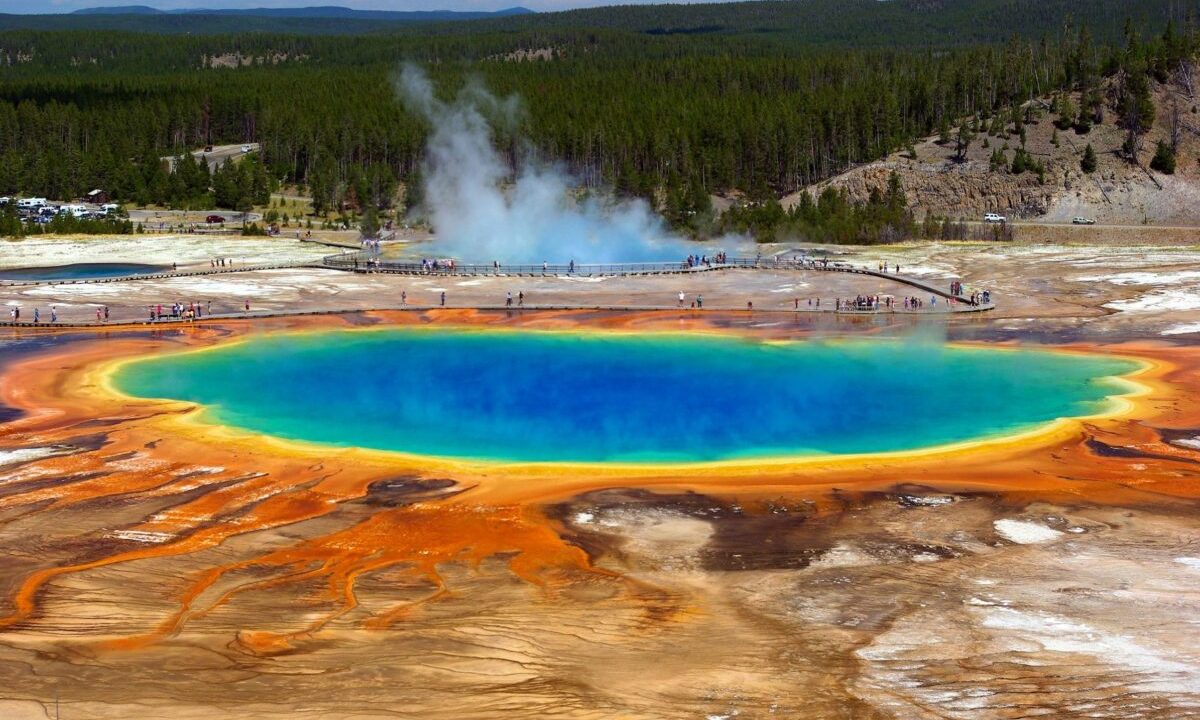
Yellowstone National Park, spanning the states of Wyoming, Montana, and Idaho, is one of the most beautiful places to visit in the USA. Known for its geothermal features, stunning landscapes, and diverse wildlife, Yellowstone offers a wealth of experiences for visitors. Below, we explore the types of places to visit in Yellowstone National Park, together with travel tips to enhance your adventure.
Yellowstone is famous for its geothermal features, including geysers, hot springs, and mud pots.
Old Faithful
- Features: World-famous geyser, regular eruptions, visitor center.
- Travel Tips: Check the eruption schedule at the visitor center to time your visit. Arrive early or late in the day to avoid peak crowds.
Grand Prismatic Spring
- Features: Vibrant colors, largest hot spring in the USA, unique microbial mats.
- Travel Tips: Visit Midway Geyser Basin early in the morning for fewer crowds and better lighting. Hike the Fairy Falls Trail for an elevated view of the spring.
Norris Geyser Basin
- Features: Steaming fumaroles, acidic hot springs, colorful pools.
- Travel Tips: Set aside at least two hours to explore both the Porcelain Basin and the Back Basin. Be prepared for strong sulfur odors and stay on marked paths for safety.
The park’s waterfalls and rivers contribute to its stunning scenery and provide excellent photo opportunities.
Lower Falls of the Yellowstone River
- Features: Tallest waterfall in the park, dramatic canyon views, powerful flow.
- Travel Tips: Visit Artist Point for a classic view of the falls. Take the Uncle Tom’s Trail for a closer, albeit strenuous, view of the waterfall.
Upper Falls
- Features: Majestic waterfall, scenic overlook, accessible trails.
- Travel Tips: Use the Brink of the Upper Falls trail for a fantastic view from the top. Pair your visit with a trip to the nearby Lower Falls for a comprehensive waterfall experience.
Firehole River
- Features: Warm swimming areas, scenic beauty, abundant wildlife.
- Travel Tips: Visit the Firehole River Swimming Area during summer for a unique warm-water swim. Be vigilant of currents and follow safety guidelines.
Yellowstone’s mountain ranges and scenic drives offer breathtaking vistas and opportunities for wildlife viewing.
Lamar Valley
- Features: Open meadows, abundant wildlife, picturesque views.
- Travel Tips: Visit early in the morning or late in the afternoon for the best chance to see wildlife such as bison, wolves, and grizzly bears. Bring binoculars and a camera for wildlife spotting.
Beartooth Highway
- Features: Scenic mountain drive, panoramic views, high-altitude landscapes.
- Travel Tips: Drive carefully as the route can be steep and winding. Allow plenty of time to stop at overlooks and enjoy the beautiful scenery.
Hayden Valley
- Features: Lush river valleys, wildlife habitat, meandering Yellowstone River.
- Travel Tips: Drive through Hayden Valley at dawn or dusk for optimal wildlife viewing. Have patience and use pullouts to safely observe animals from a distance.
Explore Yellowstone’s rich history and cultural heritage through its historical sites and museums.
Fort Yellowstone
- Features: Historic military buildings, educational exhibits, park headquarters.
- Travel Tips: Join a guided walking tour to learn about the fort’s history and its role in protecting the park. Visit the Albright Visitor Center for additional exhibits and information.
Mammoth Hot Springs
- Features: Terraced hot springs, historic district, unique formations.
- Travel Tips: Walk the boardwalks to explore the terraces up close. The nearby Mammoth Hot Springs Historic District offers additional sightseeing opportunities.
Roosevelt Lodge
- Features: Rustic cabins, historic charm, horseback riding.
- Travel Tips: Make reservations early, especially for the Roosevelt Cookout. Enjoy a scenic horseback ride or wagon ride starting from the lodge.
Yellowstone is a top destination for wildlife enthusiasts, providing numerous spots for observing animals in their natural habitats.
Grizzly & Wolf Discovery Center
- Features: Educational exhibits, live animal displays, conservation programs.
- Travel Tips: Arrive early for the best viewing of active animals. Participate in the center’s interactive programs for a deeper understanding of wildlife conservation.
Blacktail Plateau Drive
- Features: Scenic wildlife drive, diverse habitats, panoramic views.
- Travel Tips: Drive slowly and be prepared to stop frequently to observe wildlife. Early mornings and evenings are the best times for sightings.
Tower-Roosevelt Area
- Features: Diverse wildlife, scenic drives, historic sites.
- Travel Tips: Use binoculars for better animal viewing and adhere to park regulations regarding wildlife distances. Tower Fall is a nearby attraction worth visiting as well.
Yellowstone offers several activities that are perfect for families traveling with children.
Junior Ranger Program
- Features: Educational activities, ranger-led programs, badges for kids.
- Travel Tips: Pick up a Junior Ranger booklet at any visitor center. Encourage your kids to participate in activities to earn their badges and learn about the park.
Yellowstone Lake
- Features: Largest high-elevation lake in North America, boating, fishing.
- Travel Tips: Rent a boat or kayak for a day on the lake. Visit the lake’s picnic areas for a family lunch with beautiful views.
Fishing Bridge
- Features: Historic bridge, fishing opportunities, visitor center.
- Travel Tips: While fishing is no longer allowed from the bridge, it provides an excellent view of the river and surrounding area. Visit the nearby Fishing Bridge Visitor Center for exhibits and information.
Maximize your Yellowstone visit with these essential tips:
Best Times to Visit
- Tips: The best times to visit are late spring (April to May) and early fall (September to October) for mild weather and fewer crowds. Summer offers full access to park facilities but is the busiest season.
Preparation
- Tips: Dress in layers to accommodate varying temperatures. Always carry sufficient water, snacks, and bear spray. Familiarize yourself with park rules and safety guidelines, especially for wildlife encounters.
Accessibility
- Tips: Many areas within the park are accessible to visitors with disabilities. The park features accessible trails, boardwalks, and shuttle services, making it more convenient for all guests.
Yellowstone National Park, with its stunning geothermal features, diverse landscapes, and abundant wildlife, is truly one of the most beautiful places to visit in the USA. By following these travel tips, you can create unforgettable memories while exploring the natural wonders of this iconic national park.
4. Hawaii (Various Islands)

Hawaii, known for its lush landscapes, pristine beaches, and rich cultural heritage, is undoubtedly among the most beautiful places to visit in the USA. Each island offers unique attractions and experiences that make Hawaii a world-renowned destination. Below, we explore the types of places to visit across various Hawaiian islands, coupled with travel tips to enhance your journey.
Hawaii’s beaches are among the most famous in the world, offering diverse experiences from tranquil bays to vibrant surf spots.
Waikiki Beach (Oahu)
- Features: Iconic beach, surfing spots, vibrant nightlife.
- Travel Tips: Arrive early to secure a good spot. Take a surfing lesson and explore nearby Kalakaua Avenue for shopping and dining.
Hapuna Beach (Big Island)
- Features: White sandy beach, clear turquoise waters, excellent swimming.
- Travel Tips: Visit in the morning to avoid crowds. Bring snorkeling gear to explore the underwater life and pack a lunch for a beach picnic.
Hanalei Bay (Kauai)
- Features: Crescent-shaped bay, mountain backdrop, calm waters.
- Travel Tips: Visit during summer for the calmest waters, ideal for paddleboarding and swimming. Explore Hanalei town for charming shops and eateries.
Hawaii’s natural wonders are a testament to its volcanic origins and diverse ecosystems.
Haleakalā National Park (Maui)
- Features: Dormant volcano, sunrise and sunset views, crater trails.
- Travel Tips: Make a reservation for sunrise viewing. Dress warmly as temperatures can be chilly at higher elevations and prepare for a challenging hike to the summit.
Hawai’i Volcanoes National Park (Big Island)
- Features: Active volcanoes, lava fields, rainforests.
- Travel Tips: Visit the Kīlauea Visitor Center for up-to-date information on volcanic activity. Hike the Kīlauea Iki Trail for a diverse experience of the park’s landscapes.
Nā Pali Coast State Wilderness Park (Kauai)
- Features: Dramatic cliffs, lush valleys, secluded beaches.
- Travel Tips: Book a boat tour or helicopter ride for stunning views of the coast. Experienced hikers can explore the Kalalau Trail, but permits are required for overnight camping.
Hawaii’s cultural and historical sites offer insights into the islands’ rich heritage and traditions.
Pearl Harbor National Memorial (Oahu)
- Features: WWII memorial, USS Arizona Memorial, museums.
- Travel Tips: Reserve tickets in advance for the USS Arizona Memorial program. Allow plenty of time to explore the exhibits at the Pearl Harbor Visitor Center.
Pu’uhonua o Honaunau National Historical Park (Big Island)
- Features: Ancient Hawaiian place of refuge, archaeological sites, cultural demonstrations.
- Travel Tips: Attend a ranger-led program for in-depth knowledge of the park’s history. Respect the cultural significance of the site and follow park guidelines.
Iolani Palace (Oahu)
- Features: Historic royal residence, guided tours, Hawaiian artifacts.
- Travel Tips: Book a guided tour for a comprehensive understanding of the palace’s history and significance. Explore the palace grounds and enjoy the beautiful architecture.
Hawaii’s diverse landscapes provide a playground for adventure seekers.
Road to Hāna (Maui)
- Features: Scenic drive, waterfalls, coastal views.
- Travel Tips: Start early to allow time for stops and exploration. Download an app or guide for information on must-see spots along the way, such as Waiʻānapanapa State Park and the Seven Sacred Pools.
Mauna Kea Summit (Big Island)
- Features: Stargazing, astronomical observatories, high-altitude views.
- Travel Tips: Check weather conditions and road access before heading up. Visit Mauna Kea Visitor Information Station for acclimatization and join a stargazing program for unparalleled night sky views.
Kīlauea Iki Trail (Big Island)
- Features: Crater trail, diverse landscapes, volcanic terrain.
- Travel Tips: Wear sturdy hiking shoes and bring plenty of water. Early morning hikes offer cooler temperatures and fewer crowds.
Hawaii’s unique wildlife and abundant marine life provide opportunities for unforgettable encounters.
Hanauma Bay Nature Preserve (Oahu)
- Features: Snorkeling, vibrant coral reefs, diverse marine species.
- Travel Tips: Arrive early to secure parking and avoid the midday heat. Watch the mandatory educational video to learn about reef preservation before snorkeling.
Molokini Crater (Maui)
- Features: Marine sanctuary, snorkeling, clear waters.
- Travel Tips: Book a snorkel tour in advance, as the crater is only accessible by boat. Bring an underwater camera to capture the stunning marine life.
Humpback Whale Watching (Maui)
- Features: Whale sightings, guided tours, seasonal migrations.
- Travel Tips: Visit between December and April for the best chances of seeing humpback whales. Choose a tour operator that follows responsible whale-watching practices.
Hawaii offers world-class resorts and spas, ideal for a relaxing and indulgent vacation.
Four Seasons Resort Hualalai (Big Island)
- Features: Oceanfront location, golf courses, luxury amenities.
- Travel Tips: Book spa treatments and dining reservations in advance. Participate in cultural activities offered by the resort, such as hula lessons and lei-making.
Grand Wailea (Maui)
- Features: Lavish pools, fine dining, beachfront access.
- Travel Tips: Reserve a cabana for a day at the pool. Explore the resort’s art collection and visit the award-winning spa for rejuvenating treatments.
Princeville Resort (Kauai)
- Features: Dramatic cliffside location, luxury accommodations, golf courses.
- Travel Tips: Enjoy a sunset view from the resort’s bar. Take advantage of resort activities like paddleboarding and yoga classes.
Maximize your Hawaiian escape with these essential tips:
Best Times to Visit
- Tips: The best times to visit Hawaii are during shoulder seasons (April to June and September to November) for pleasant weather and fewer crowds. Winter is whale-watching season, while summer offers calm seas.
Preparation
- Tips: Pack reef-safe sunscreen to protect Hawaii’s marine ecosystems. Wear comfortable attire and bring layers for cooler evenings or higher elevations.
Cultural Respect
- Tips: Learn about Hawaiian culture and respect local customs. Participate in cultural activities and support local artisans by purchasing authentic Hawaiian crafts.
Hawaii, with its breathtaking landscapes, diverse activities, and rich cultural heritage, is truly one of the most beautiful places to visit in the USA. By following these travel tips, you can create unforgettable memories while exploring the many wonders of this tropical paradise.
5. Glacier National Park, Montana
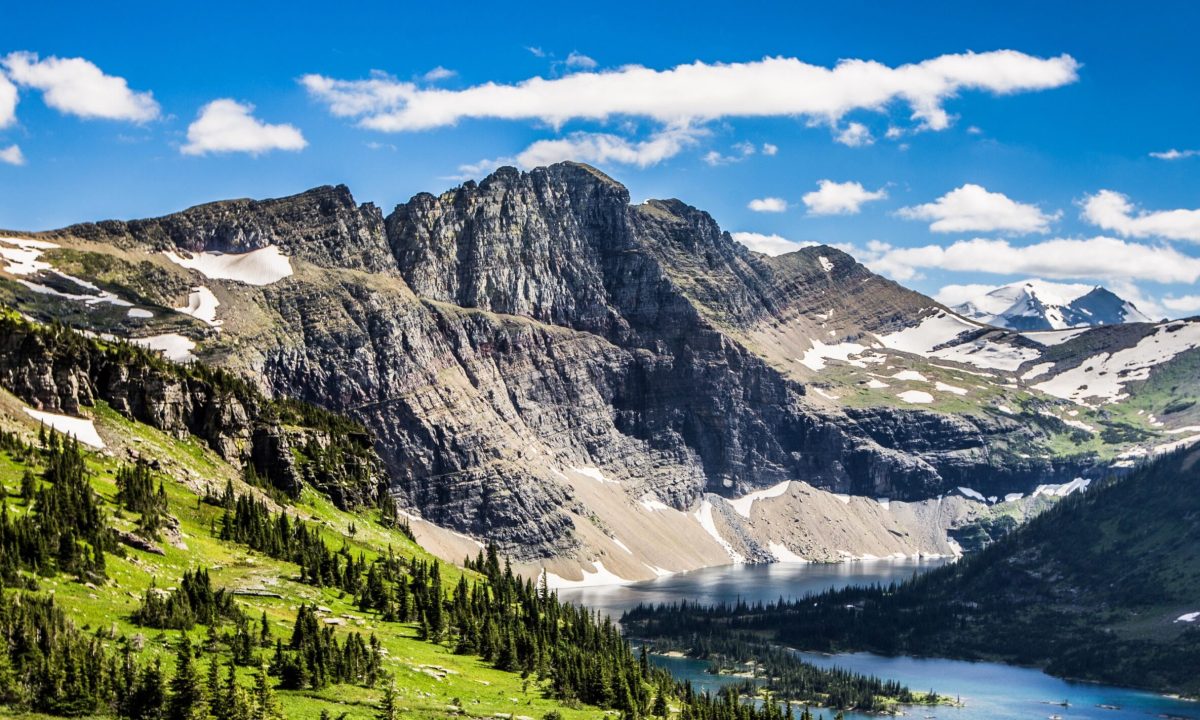
Glacier National Park in Montana is a crown jewel of the American landscape, often regarded as one of the most beautiful places to visit in the USA. Known for its breathtaking glaciers, pristine lakes, and diverse wildlife, Glacier National Park offers a variety of attractions for every type of traveler. Below, we explore the types of places to visit in Glacier National Park, along with travel tips to help you make the most of your visit.c
Embarking on a scenic drive through Glacier National Park allows you to take in its awe-inspiring landscapes and beautiful vistas.
Going-to-the-Sun Road
- Features: Iconic 50-mile drive, panoramic views, high-altitude pass.
- Travel Tips: Start your journey early to avoid traffic and secure parking at popular stops. This road is usually open from late June to mid-October, so plan your visit accordingly.
Many Glacier Road
- Features: Access to hiking trails, beautiful lakes, rich wildlife sightings.
- Travel Tips: This road offers fewer crowds compared to the more famous Going-to-the-Sun Road. Visit early in the morning or late in the afternoon for the best wildlife viewing opportunities.
Two Medicine Road
- Features: Access to Two Medicine Lake, scenic views, tranquil setting.
- Travel Tips: This area is less busy, making it perfect for a serene experience. Enjoy a peaceful picnic by the lake and explore the easy trails nearby.
With over 700 miles of trails, hikers will find endless opportunities to explore Glacier National Park’s stunning landscapes.
Highline Trail
- Features: Breathtaking vistas, abundant wildlife, ridge walks.
- Travel Tips: This trail starts at Logan Pass and can be crowded, so arrive early. The trail can be challenging and exposed, so bring plenty of water, sunscreen, and sturdy footwear.
Grinnell Glacier Trail
- Features: Stunning glacier views, alpine meadows, diverse wildlife.
- Travel Tips: The hike is moderately strenuous, so be prepared with adequate supplies and wear appropriate gear. The trail can be closed due to bear activity, so check conditions before heading out.
Avalanche Lake Trail
- Features: Lush forests, scenic lake views, family-friendly.
- Travel Tips: This popular trail can get busy, so visit early in the day. Pack a lunch and enjoy a picnic by the lake while admiring the cascading waterfalls.
The park’s pristine lakes and majestic waterfalls are some of its most captivating attractions.
Lake McDonald
- Features: Largest lake in the park, stunning reflections, clear waters.
- Travel Tips: Rent a kayak or paddleboard to explore the lake from the water. Visit the historic Lake McDonald Lodge for a charming peek into the park’s past.
Hidden Lake
- Features: Crystal-clear waters, picturesque surroundings, mountain views.
- Travel Tips: Hike the Hidden Lake Overlook Trail for a scenic viewpoint. The trail can be snow-covered, even in summer, so wear appropriate footwear.
St. Mary Falls
- Features: Multi-tiered waterfalls, vibrant blue waters, scenic trail.
- Travel Tips: Combine your hike with a visit to Virginia Falls, which is further along the same trail. Bring a camera to capture the stunning views and vibrant colors.
Glacier National Park is a haven for wildlife enthusiasts, offering countless opportunities to observe animals in their natural habitat.
Logan Pass
- Features: High-altitude meadows, diverse fauna, panoramic views.
- Travel Tips: Visit early in the morning or late in the evening to see wildlife like mountain goats and bighorn sheep. The visitor center at Logan Pass provides valuable information about the area’s flora and fauna.
Many Glacier Area
- Features: Rich biodiversity, lakes, picturesque scenery.
- Travel Tips: Hike the Iceberg Lake or Swiftcurrent Pass trails for the best wildlife viewing. Bears and moose are often spotted in this area, so carry bear spray and stay alert.
Two Medicine Valley
- Features: Serene landscapes, abundant wildlife, fewer crowds.
- Travel Tips: Paddle Two Medicine Lake for unique perspectives and wildlife sightings. Rangers often host educational programs, so check the schedule for learning opportunities.
Explore Glacier’s rich history and cultural heritage through its historic sites and lodges.
Lake McDonald Lodge
- Features: Historic Swiss-style chalet, charming interiors, scenic location.
- Travel Tips: Take a guided tour of the lodge to learn about its history and architecture. Enjoy a meal at the lodge’s restaurant, which offers beautiful lake views.
Many Glacier Hotel
- Features: Historic national park lodge, stunning mountain views, cozy atmosphere.
- Travel Tips: Book well in advance as rooms fill up quickly. Attend the evening ranger programs for fascinating insights into the park’s history and environment.
Glacier Park Lodge
- Features: Built by the Great Northern Railway, historic charm, cultural significance.
- Travel Tips: Explore the lodge’s lobby, which features towering wooden columns. The outdoor pool offers a relaxing break after a day of exploring.
For those seeking a deeper connection with nature, Glacier’s campsites and backcountry trails provide an immersive experience.
Apgar Campground
- Features: Largest campground, proximity to Lake McDonald, family-friendly.
- Travel Tips: Arrive early to secure a spot, as this campground operates on a first-come, first-served basis. Enjoy easy access to the lake for fishing, kayaking, and swimming.
Many Glacier Campground
- Features: Scenic location, quiet setting, wildlife viewing opportunities.
- Travel Tips: Reservations are recommended during peak season. Hike to nearby trails like Grinnell Glacier or Iceberg Lake for a rewarding adventure.
Backcountry Camping
- Features: Remote wilderness, stunning landscapes, serene environment.
- Travel Tips: Obtain backcountry permits well in advance. Be prepared for changing weather conditions and carry bear spray and a bear-proof food container.
Make the most of your Glacier National Park experience with these essential tips:
Best Times to Visit
- Tips: The peak season is from late June to early September, offering full access to trails and roads. Early fall (September to October) provides stunning fall foliage and fewer crowds, though weather can be a bit unpredictable.
Preparation
- Tips: Dress in layers to accommodate varying temperatures. Always carry sufficient water, snacks, and bear spray. Familiarize yourself with park regulations, especially regarding wildlife safety and food storage.
Transportation
- Tips: Utilize the park’s free shuttle service to access key points along Going-to-the-Sun Road. This helps reduce traffic and parking challenges while allowing you to enjoy the scenery.
Glacier National Park, with its awe-inspiring landscapes and diverse activities, is truly one of the most beautiful places to visit in the USA. By following these travel tips, you can create lasting memories while exploring the many wonders of this incredible national park.
6. Antelope Canyon, Arizona
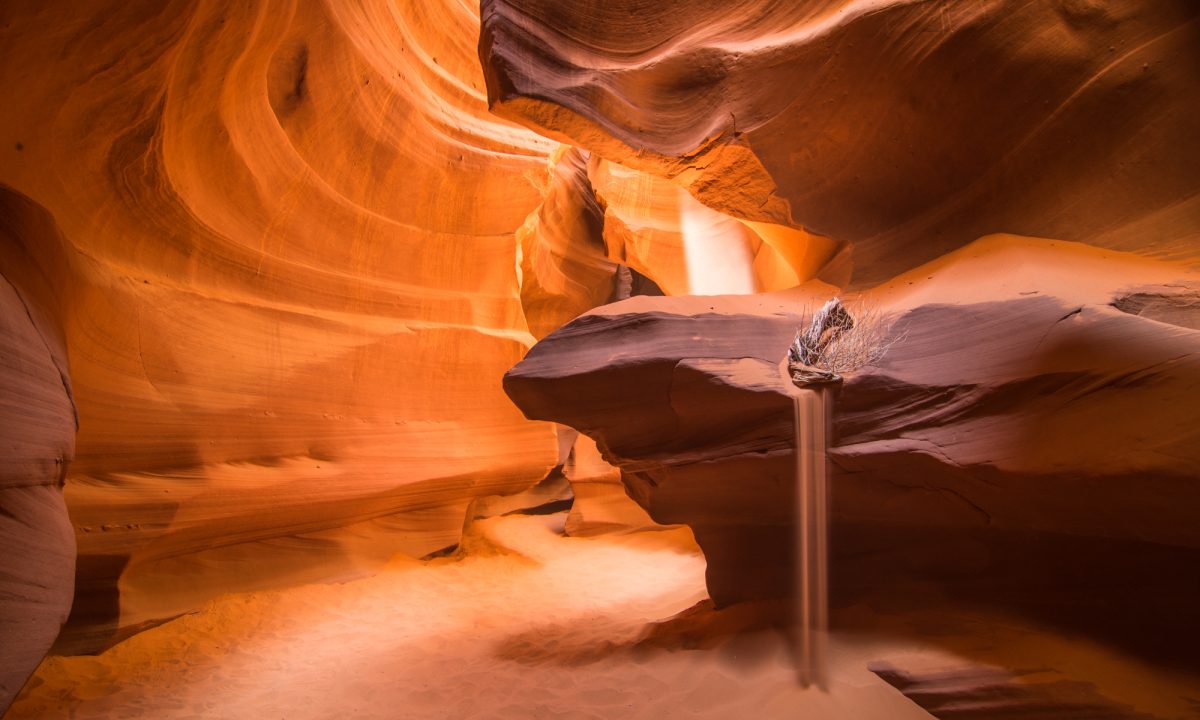
Antelope Canyon in Arizona is renowned for its mesmerizing sandstone formations and captivating light beams, making it one of the most beautiful places to visit in the USA. This stunning slot canyon attracts photographers, nature lovers, and adventurers from around the world. Below, we explore the various types of places to visit in and around Antelope Canyon, along with travel tips to enhance your experience.
Visiting Antelope Canyon requires a guided tour, as it is located on Navajo land and can only be accessed with an authorized guide.
Upper Antelope Canyon
- Features: Narrow passages, famous light beams, stunning rock formations.
- Travel Tips: Book a mid-day tour for the best chance to see the light beams, typically from April to September. Reservations are essential, so book well in advance to secure your spot.
Lower Antelope Canyon
- Features: More challenging terrain, dramatic spiral rock formations.
- Travel Tips: Wear comfortable shoes with good grip, as the walk involves ladders and narrow passages. Morning and late afternoon tours offer excellent lighting for photography without the harsh noon sun.
Canyon X
- Features: Quieter alternative, less crowded, breathtaking scenery.
- Travel Tips: Consider visiting Canyon X if Upper and Lower Antelope Canyons are fully booked. You’ll get a similar visual experience with more tranquility.
Antelope Canyon is a photographer’s paradise, offering incredible opportunities to capture its unique beauty.
Light Beams in Upper Antelope Canyon
- Features: Sunlight shafts illuminating the canyon, iconic photos.
- Travel Tips: Visit between 10 AM and 1 PM when the sun is highest for the best light beam opportunities. Book a photography tour for more time to set up shots and guidance on the best angles.
The Corkscrew in Lower Antelope Canyon
- Features: Dramatically twisted sandstone formations, unique perspectives.
- Travel Tips: The early morning provides soft light that enhances the colors and textures of the rocks. Use a wide-angle lens to capture the canyon’s sweeping curves.
The Cathedral in Canyon X
- Features: High, vaulted ceilings, serene ambiance.
- Travel Tips: This spot is less known but equally beautiful. Photography tours often allow tripods, making it easier to capture stunning low-light images.
While visiting Antelope Canyon, don’t miss the opportunity to explore the nearby natural wonders.
Horseshoe Bend
- Features: Dramatic river bend, panoramic views, popular photo spot.
- Travel Tips: The best time for photos is just after sunrise or before sunset for softer lighting. The walk to the viewpoint is about 1.5 miles roundtrip, so bring water and wear comfortable shoes.
Lake Powell
- Features: Expansive reservoir, boating and water activities, striking landscapes.
- Travel Tips: Rent a kayak or take a boat tour to explore Lake Powell’s hidden coves and dramatic cliffs. Wahweap Marina offers rental services and guided tours.
Glen Canyon Dam
- Features: Engineering marvel, impressive views, informative visitor center.
- Travel Tips: Take a guided tour of the dam for interesting historical insights. The Glen Canyon Dam Overlook provides stunning views of the Colorado River.
Explore the rich cultural heritage and historical significance of the area surrounding Antelope Canyon.
Navajo Village Heritage Center
- Features: Authentic Navajo cultural experiences, traditional dwellings, demonstrations.
- Travel Tips: Participate in a guided tour to learn about Navajo history, culture, and traditions. Enjoy live performances of traditional dance and crafts.
John Wesley Powell Museum
- Features: Exhibits on Lake Powell, Glen Canyon, and early exploration of the Colorado River.
- Travel Tips: The museum is located in nearby Page, AZ. It’s a great place to visit to gain historical context before or after your canyon adventure.
Toadstool Hoodoos
- Features: Odd-shaped rock formations, scenic desert landscape, unique photo ops.
- Travel Tips: This site is a short drive from Antelope Canyon and offers a relatively easy hike to fascinating rock formations. Visit during the golden hours for the best photography lighting.
Engage in outdoor activities that complement your visit to Antelope Canyon and provide a fuller exploration of the region.
Grand Staircase-Escalante National Monument
- Features: Vast wilderness area, striking geological formations, hiking opportunities.
- Travel Tips: The area is known for its rugged terrain, so be prepared with adequate supplies, maps, and navigation tools. Slot canyons like Peek-A-Boo and Spooky Gulch offer thrilling adventures.
Buckskin Gulch
- Features: Longest and deepest slot canyon, challenging hike, awe-inspiring scenery.
- Travel Tips: This hike is for experienced adventurers. Check weather conditions before heading out to avoid flash floods and bring plenty of water and snacks.
Rainbow Bridge National Monument
- Features: Natural sandstone arch, boat accessible, sacred site.
- Travel Tips: Access the bridge by boat from Lake Powell or by a strenuous hike. Check for water levels and tour availability in advance.
Antelope Canyon and its surrounding areas offer several family-friendly attractions that are suitable for visitors of all ages.
Page Park
- Features: Playground, picnic areas, recreational facilities.
- Travel Tips: Perfect for a relaxing break or picnic with family. The park also offers sports courts and walking paths for additional fun.
Rainbow Bridge Boat Tour
- Features: Scenic boat ride, natural arch, educational insights.
- Travel Tips: Ideal for families with kids, the boat tour provides a comfortable way to explore. Bring snacks and drinks for the journey, as amenities can be limited on the boat.
Birdhouse Trail
- Features: Easy hike, varied bird species, educational signs.
- Travel Tips: This family-friendly trail offers a gentle hike suitable for children. Bring binoculars for bird watching and enjoy the informative signage along the trail.
Maximize your visit to Antelope Canyon with these essential tips:
Best Times to Visit
- Tips: The best time to visit is from mid-March to mid-October when the light beams are visible. Morning and afternoon tours provide beautiful lighting for photography.
Preparation
- Tips: Wear comfortable shoes suitable for sandy and rocky terrain. Bring water, a hat, and sunscreen, as the Arizona sun can be intense.
Tour Booking
- Tips: Book your tours well in advance, especially during peak tourist seasons. Opt for smaller group tours for a more personalized experience.
Antelope Canyon, with its stunning sandstone formations and captivating light displays, is truly one of the most beautiful places to visit in the USA. By following these travel tips, you can ensure a memorable and enriching experience while exploring this natural wonder.
7. Blue Ridge Parkway, Virginia & North Carolina
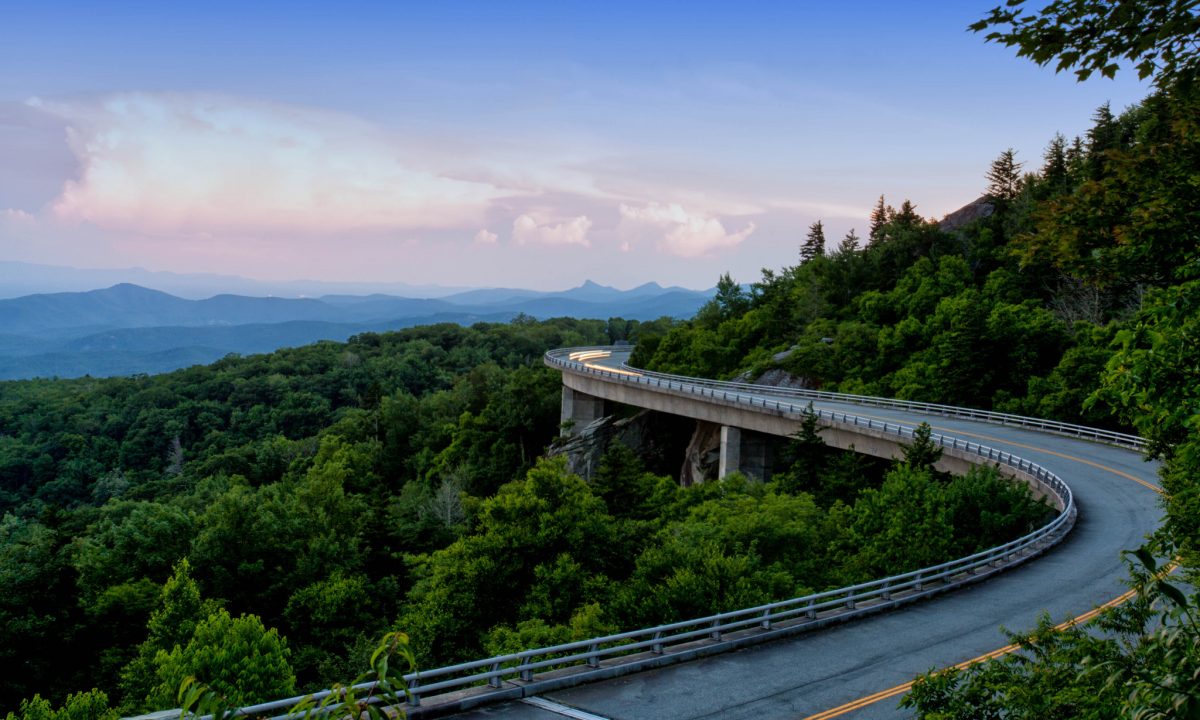
The Blue Ridge Parkway, stretching through Virginia and North Carolina, is renowned for its scenic beauty and rich cultural heritage, making it one of the most beautiful places to visit in the USA. Known as “America’s Favorite Drive,” this 469-mile parkway offers a range of natural and historical attractions. Below, we explore the types of places to visit along the Blue Ridge Parkway, along with travel tips to enhance your journey.
The Blue Ridge Parkway is dotted with numerous overlooks that offer stunning vistas of the Appalachian Mountains.
Mabry Mill (Milepost 176.1)
- Features: Historic gristmill, picturesque setting, cultural demonstrations.
- Travel Tips: Visit in the fall for beautiful autumn foliage. Stop by the on-site restaurant for a meal and explore the surrounding trails.
Linn Cove Viaduct (Milepost 304.4)
- Features: Architectural marvel, sweeping mountain views, iconic photos.
- Travel Tips: Park at the visitor center and take a short hike to get the best views of the viaduct. Early morning or late afternoon light provides excellent photography conditions.
Craggy Gardens (Milepost 364.4)
- Features: Rhododendron blooms, panoramic vistas, hiking trails.
- Travel Tips: Visit in June when the rhododendrons are in full bloom. Hike the Craggy Pinnacle Trail for 360-degree views of the surrounding mountains.
The parkway offers numerous hiking trails that cater to all skill levels, showcasing the natural beauty of the region.
Humpback Rocks (Milepost 5.8)
- Features: Rock formations, historical farm site, challenging hike.
- Travel Tips: The hike to Humpback Rocks is steep and strenuous, so be prepared with water and proper footwear. The effort is rewarded with magnificent views at the summit.
Mount Pisgah (Milepost 407.6)
- Features: Scenic summit, historic inn, diverse flora and fauna.
- Travel Tips: The Mount Pisgah Trail is moderately challenging and well-marked. Stay at the Pisgah Inn to explore the area more leisurely.
Doughton Park (Milepost 238.5)
- Features: Open meadows, diverse trails, abundant wildlife.
- Travel Tips: The Bluff Mountain Trail offers beautiful meadow views and is ideal for a peaceful hike. Visit in spring or fall for the best weather and scenic beauty.
In addition to its scenic overlooks and hiking trails, the Blue Ridge Parkway boasts numerous natural attractions.
Peaks of Otter (Milepost 86)
- Features: Lakeside views, abundant wildlife, hiking opportunities.
- Travel Tips: Hike the Sharp Top Trail for a challenging trek with rewarding summit views. The Peaks of Otter Lodge offers convenient accommodations and dining.
Linville Falls (Milepost 316.4)
- Features: Majestic waterfalls, multiple viewpoints, lush surroundings.
- Travel Tips: Several trails lead to different viewpoints of the falls, with options for easy to moderate hikes. The visitor center provides maps and information on the best routes.
Moses H. Cone Memorial Park (Milepost 294)
- Features: Historic estate, carriage trails, scenic views.
- Travel Tips: Explore the Flat Top Manor and its surrounding trails. Horseback riding and fishing are also popular activities at this picturesque park.
The Blue Ridge Parkway is rich in cultural and historical sites that offer insights into the region’s heritage.
Humpback Rocks Visitor Center (Milepost 5.8)
- Features: Historical farm, interpretive programs, cultural demonstrations.
- Travel Tips: Attend ranger-led programs to learn about Appalachian farming practices. The visitor center exhibits provide a glimpse into pioneer life.
Mabry Mill (Milepost 176.1)
- Features: Early 20th-century gristmill, blacksmith shop, cultural heritage.
- Travel Tips: Visit during the summer months when cultural demonstrations are held. The nearby restaurant is known for its pancakes and country fare.
Blue Ridge Music Center (Milepost 213)
- Features: Music exhibits, live performances, Appalachian culture.
- Travel Tips: Check the schedule for live music events and concerts, which often feature bluegrass and old-time music. The interactive exhibits are educational and engaging for all ages.
For those who prefer to take in the scenery by car, the Blue Ridge Parkway offers some of the most beautiful drives in the country.
Skyline Drive
- Features: Continuation of the Blue Ridge Parkway, runs through Shenandoah National Park.
- Travel Tips: Entrance fees apply, but the stunning vistas are well worth it. Plan stops at overlooks such as Stony Man for breathtaking views.
Cherohala Skyway
- Features: Panoramic mountain views, winding roads, diverse ecosystems.
- Travel Tips: This drive extends into the Nantahala and Cherokee National Forests. Ideal for motorcyclists and car travelers alike, the drive offers numerous pull-offs for scenic views.
Valle Crucis
- Features: Historic community, Mast General Store, scenic valley views.
- Travel Tips: Visit the original Mast General Store for a step back in time. The nearby Valle Crucis Park offers a peaceful spot for a picnic and stroll.
The Blue Ridge Parkway offers several family-friendly attractions that are perfect for visitors of all ages.
Julian Price Memorial Park (Milepost 297)
- Features: Boating, fishing, picnicking, easy trails.
- Travel Tips: Rent a canoe or kayak to explore Price Lake. The park has multiple picnic areas and gentle trails suitable for all skill levels.
The Blowing Rock (near Milepost 291)
- Features: Unique rock formation, folklore, panoramic views.
- Travel Tips: The site features well-maintained trails and educational signs. It’s a short drive from the parkway and offers an engaging visit for families.
Trail of Tears (near Milepost 380)
- Features: Historical trail, educational exhibits, nature walks.
- Travel Tips: Visit the associated visitor centers for historical context and educational displays. The easy trail is suitable for families and offers peaceful walking through scenic landscapes.
Optimize your Blue Ridge Parkway experience with these essential travel tips:
Best Times to Visit
- Tips: Spring (April to June) and fall (September to November) are ideal with mild weather and stunning seasonal colors. Fall is particularly famous for its vibrant foliage, while spring offers blooming wildflowers.
Preparation
- Tips: Bring layered clothing to adjust to changing temperatures. Carry plenty of water, snacks, and a detailed map or guidebook, as cell service can be spotty.
Accommodation
- Tips: Book lodging well in advance, especially during peak foliage season in the fall. Options range from campgrounds and rustic cabins to charming bed and breakfasts and lodges.
The Blue Ridge Parkway, with its breathtaking landscapes and diverse activities, is truly one of the most beautiful places to visit in the USA. By following these travel tips, you can create unforgettable memories while exploring the many wonders of this iconic parkway.

